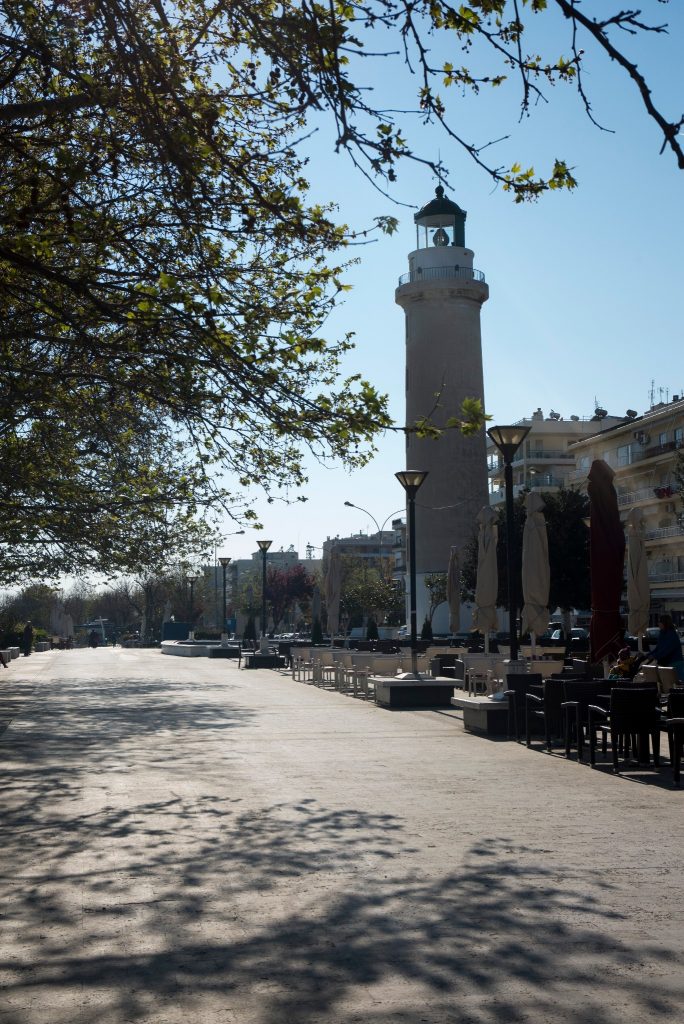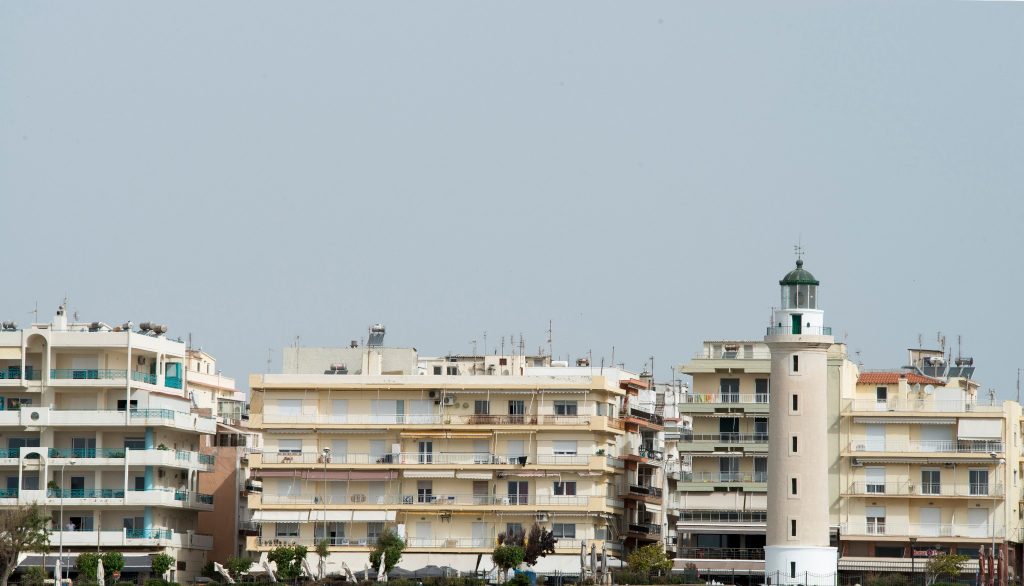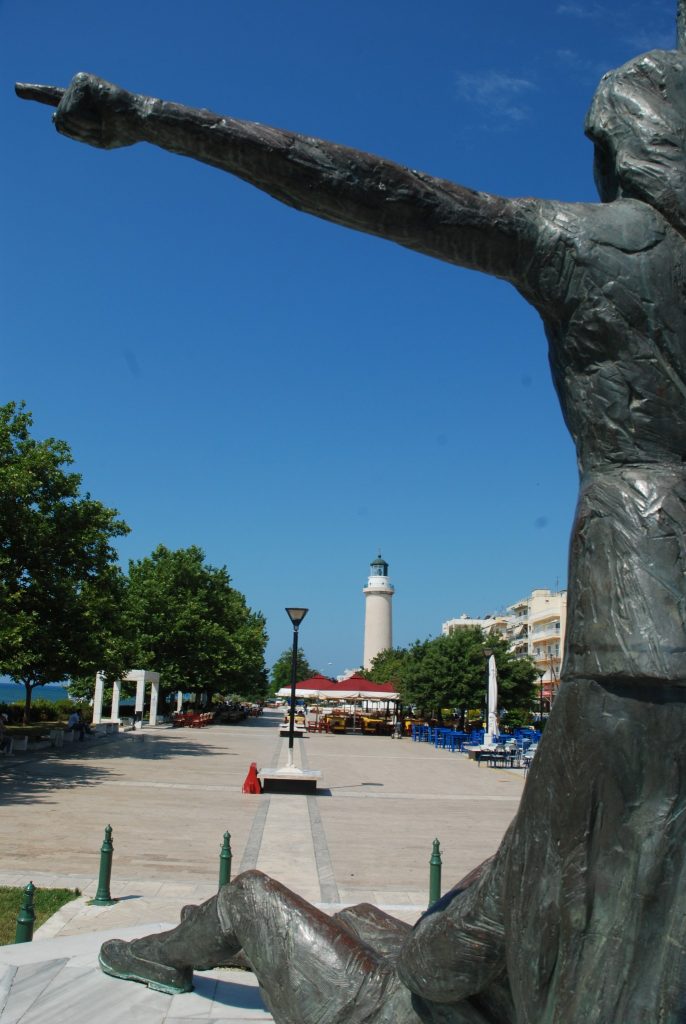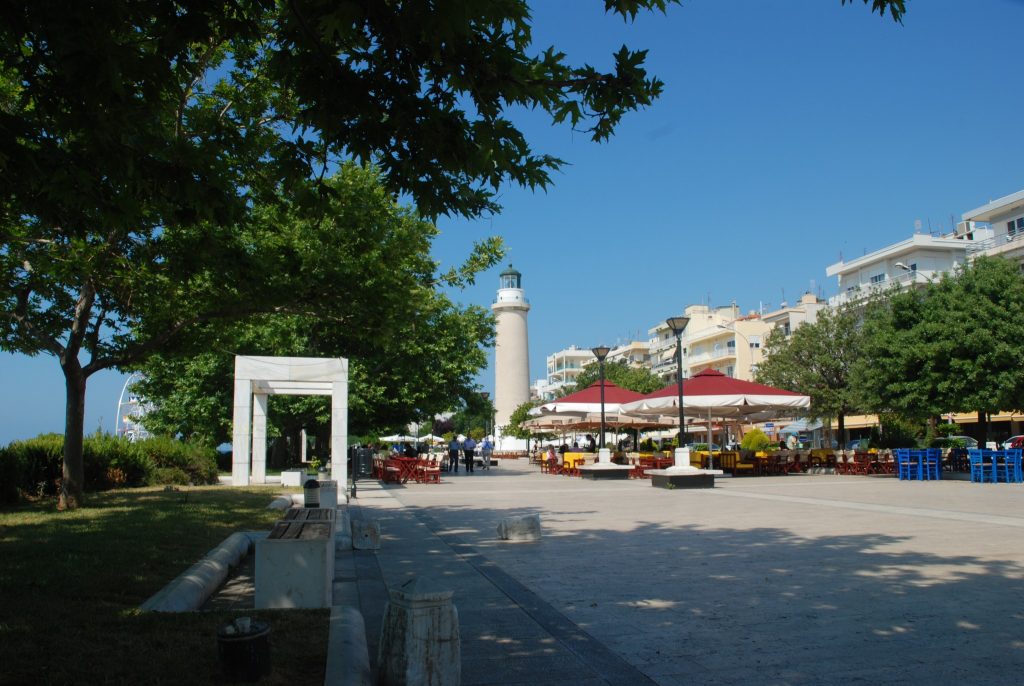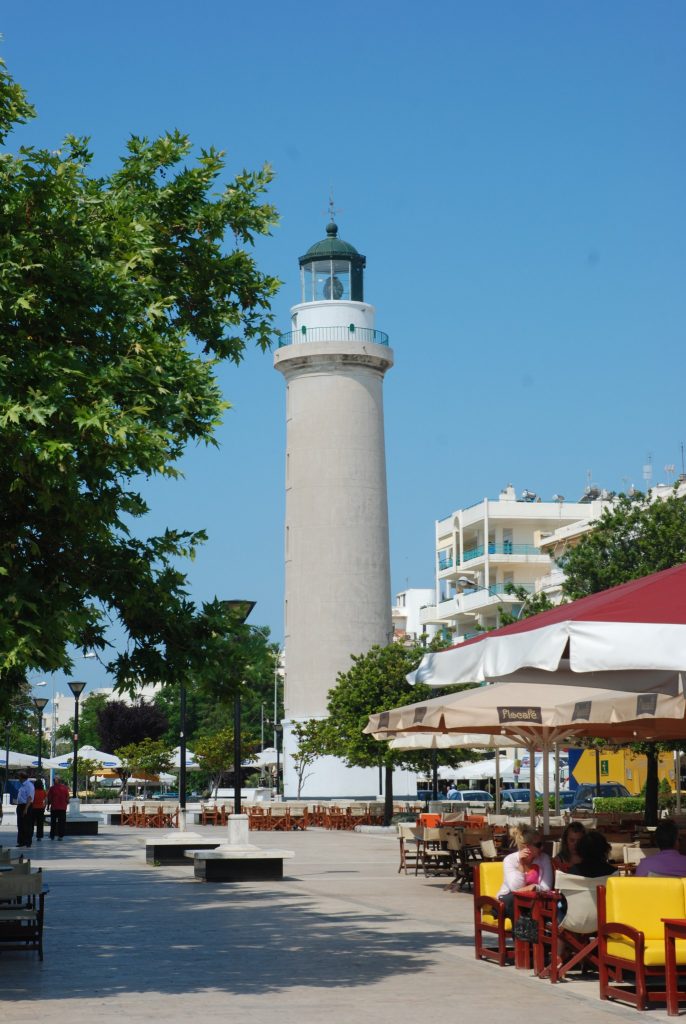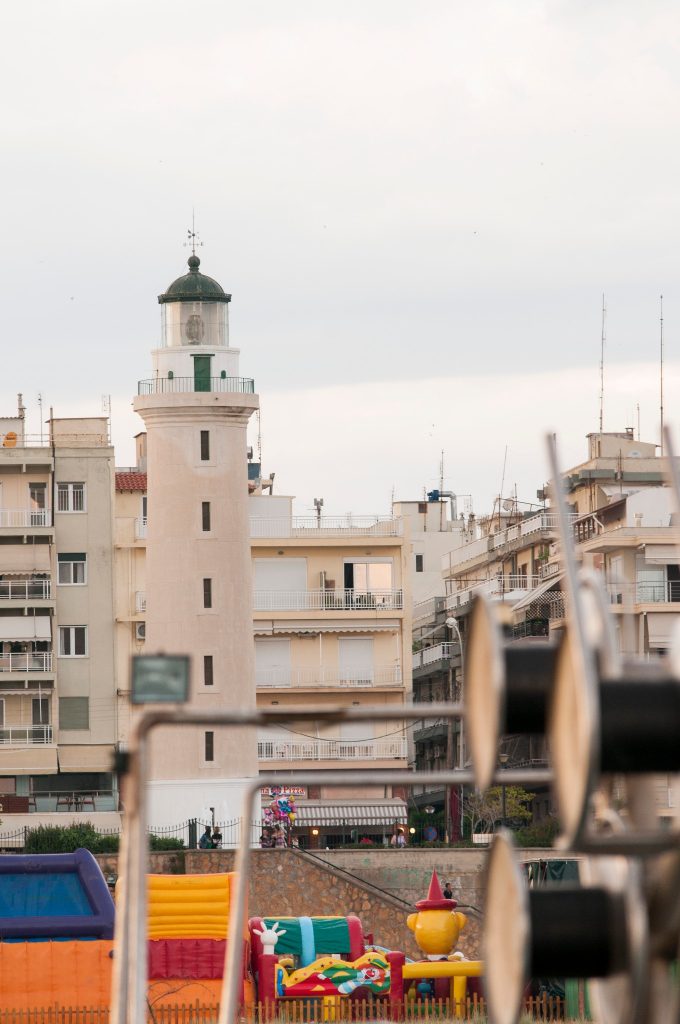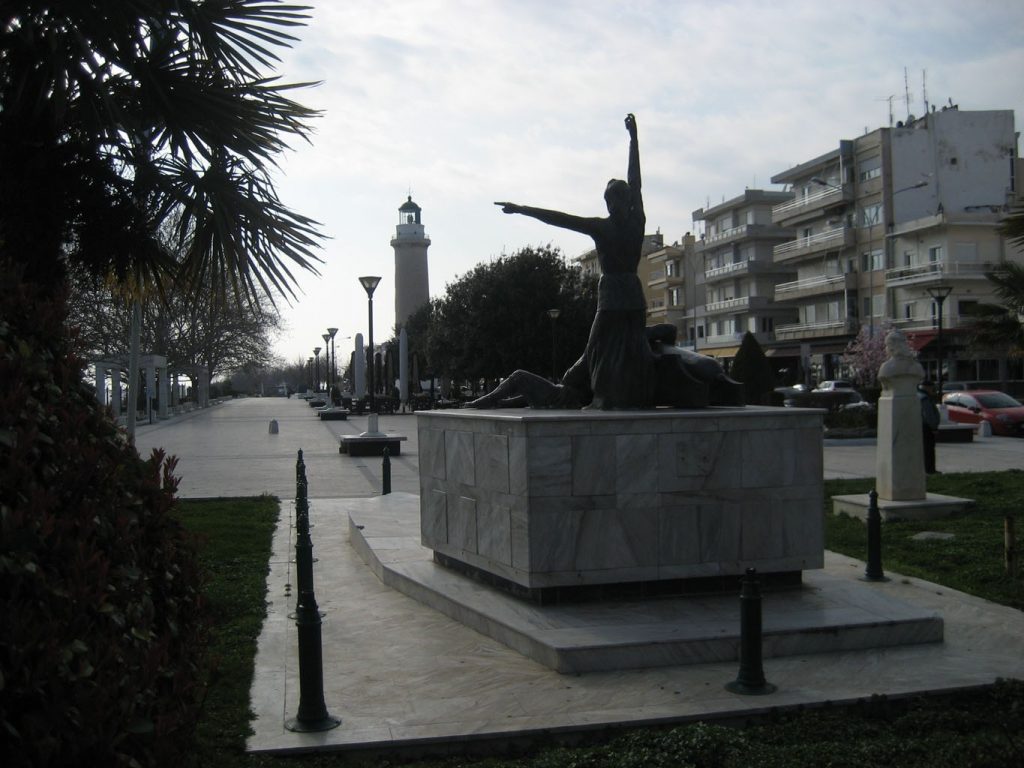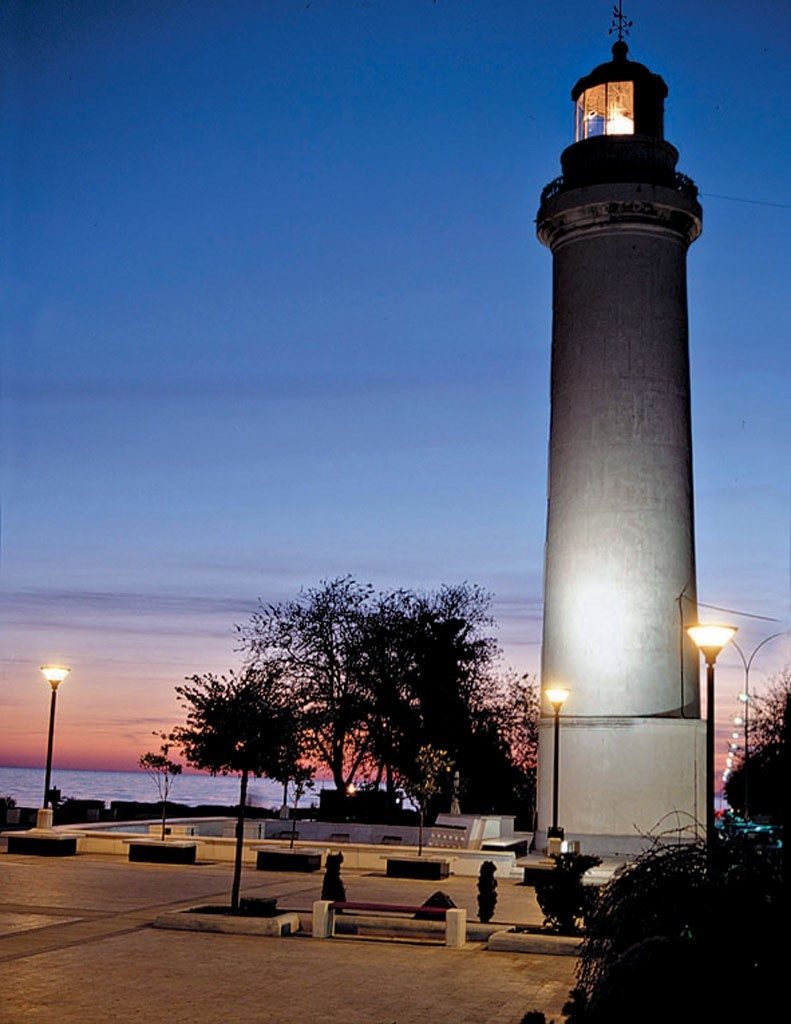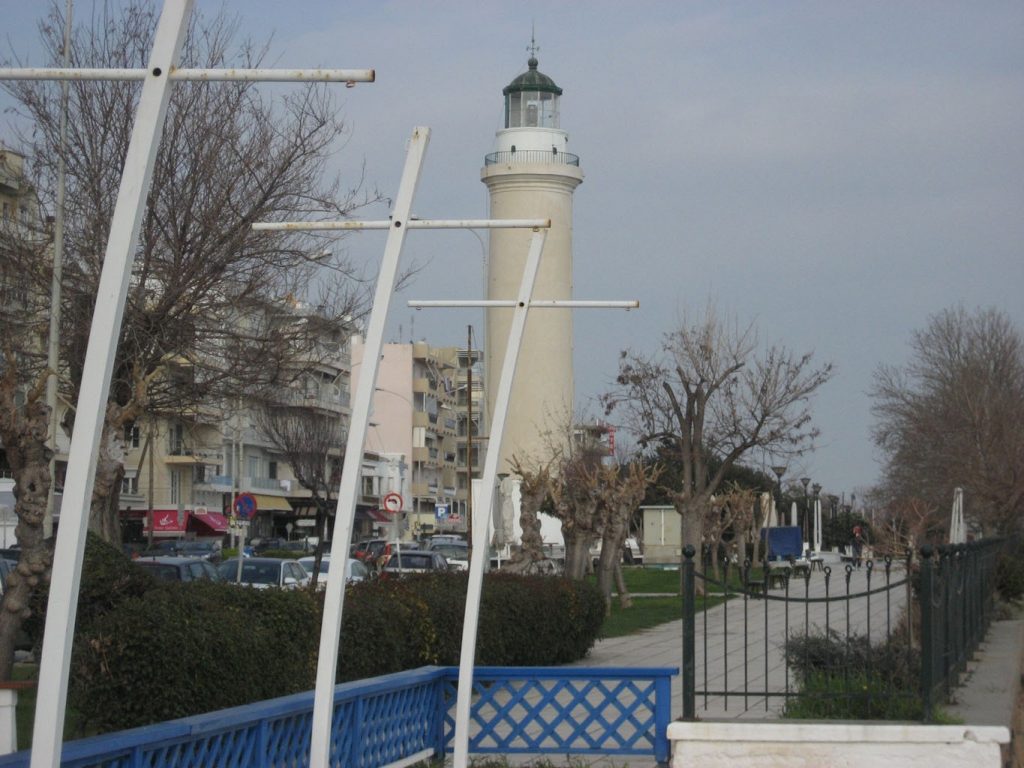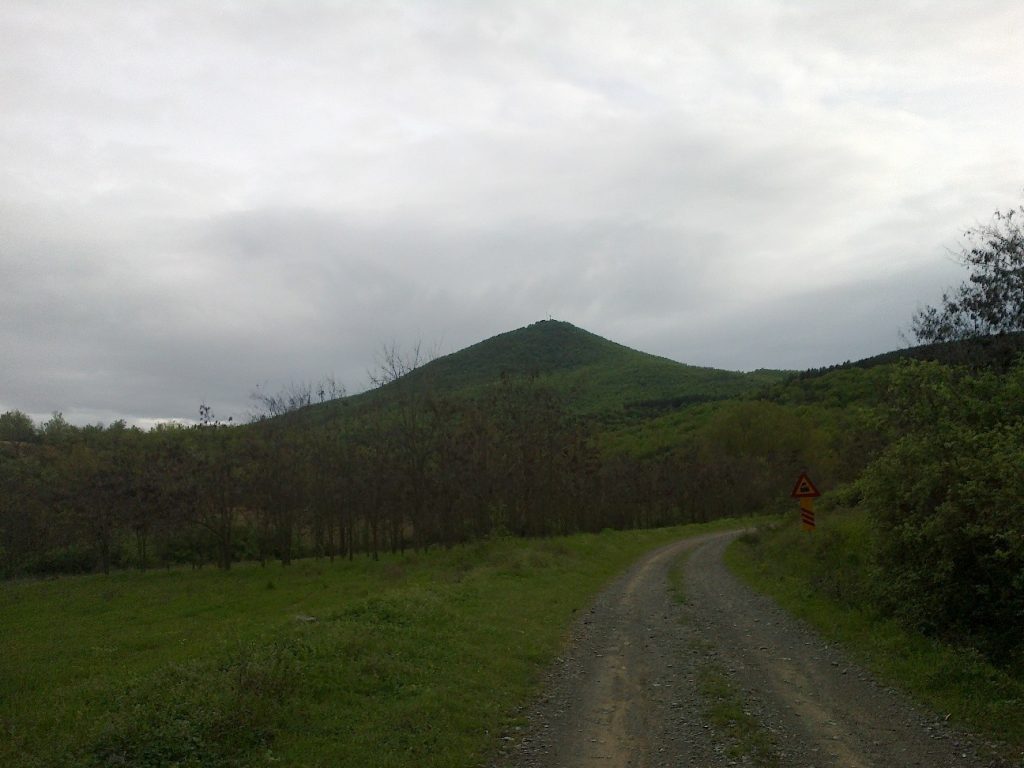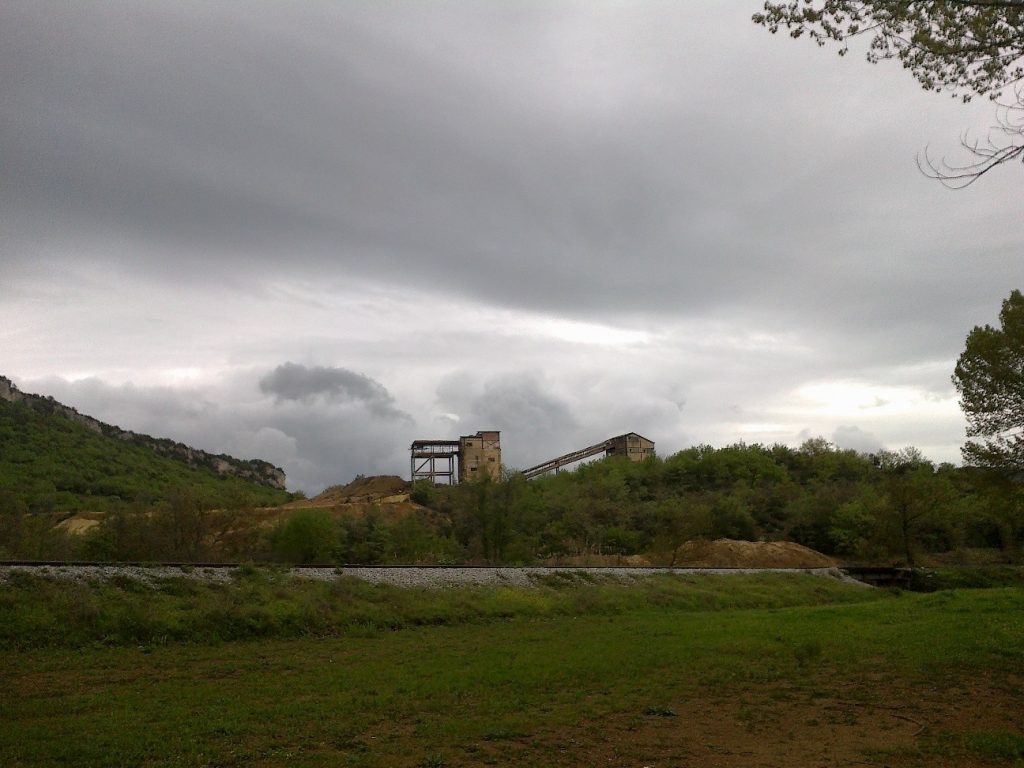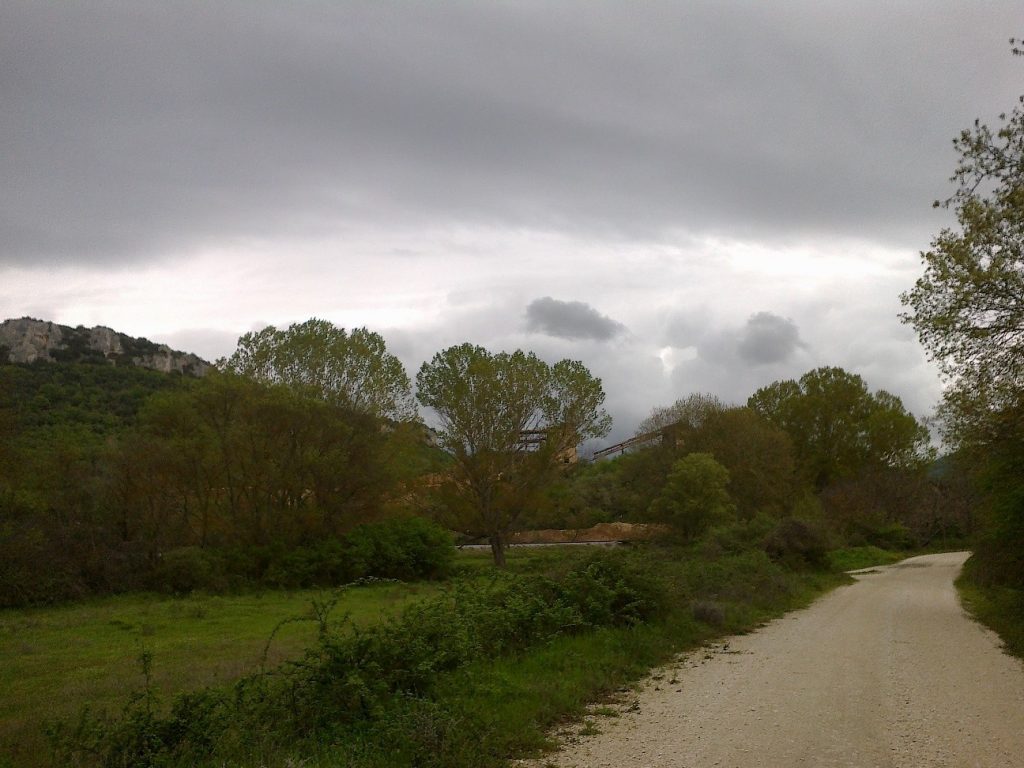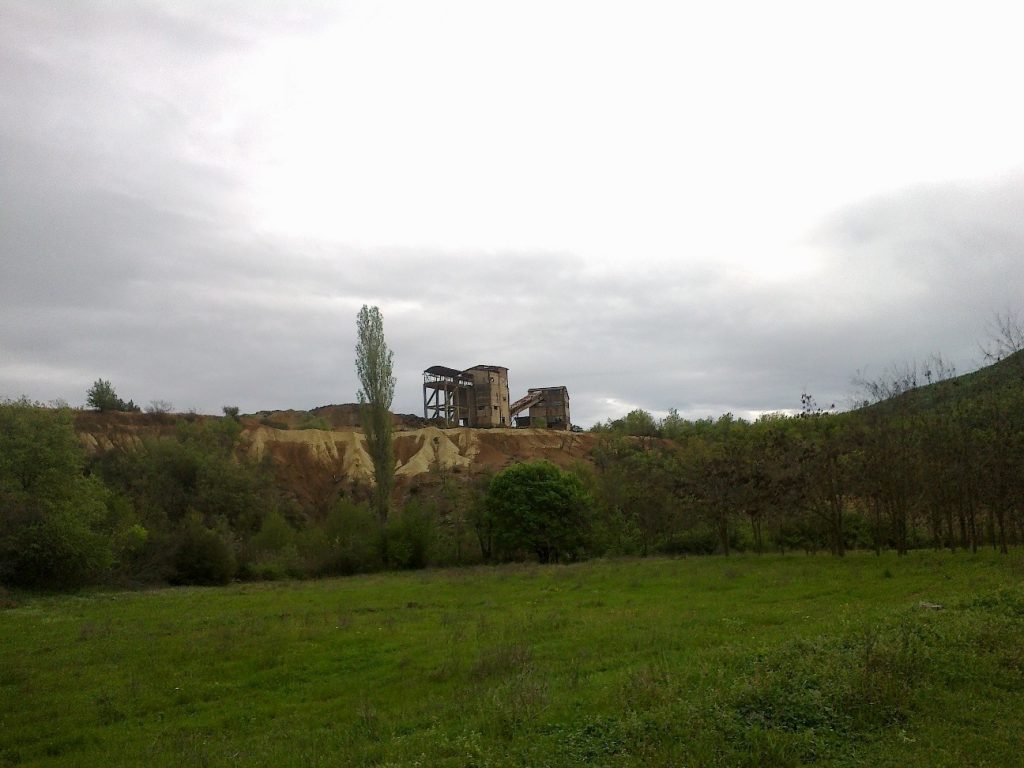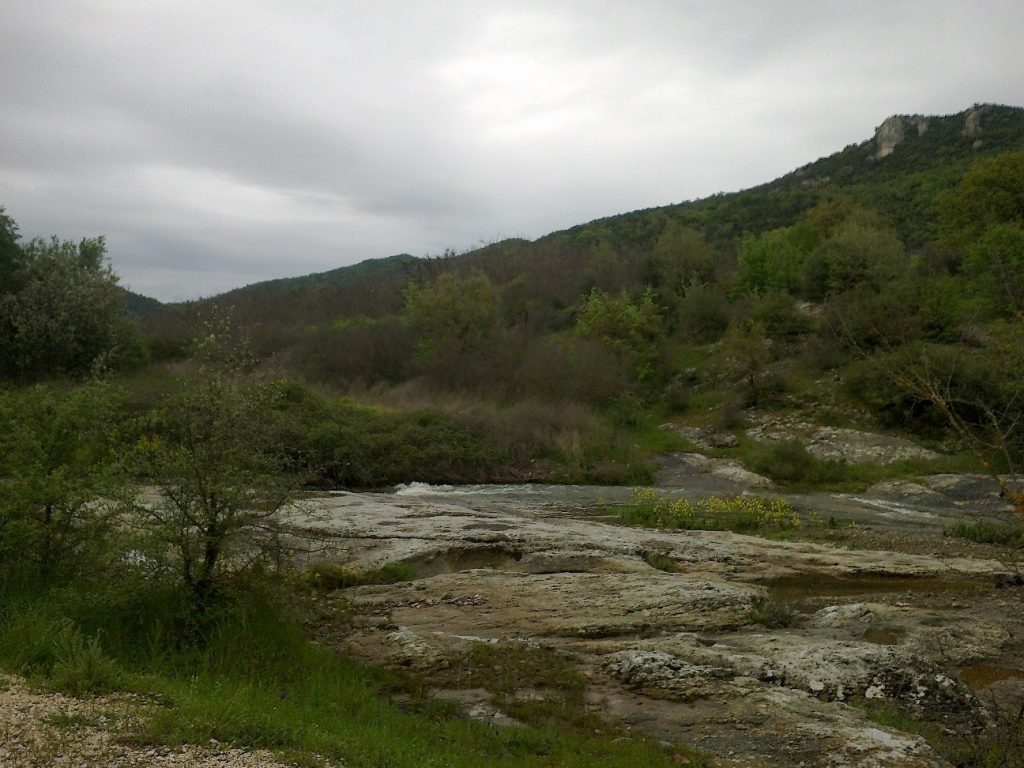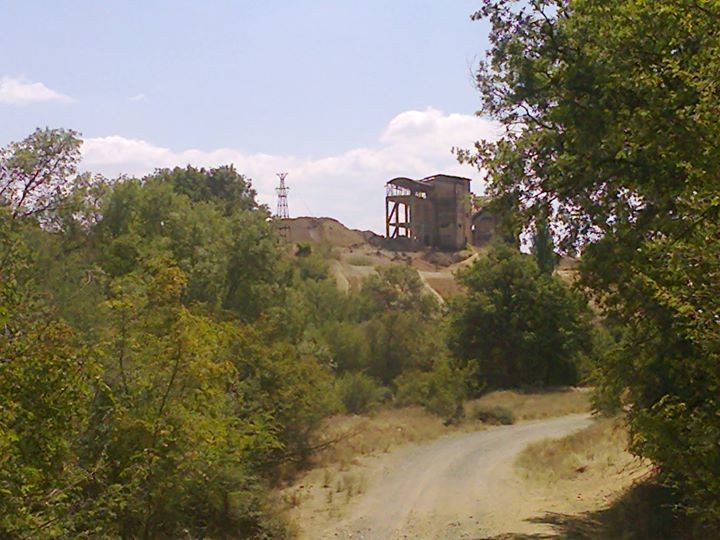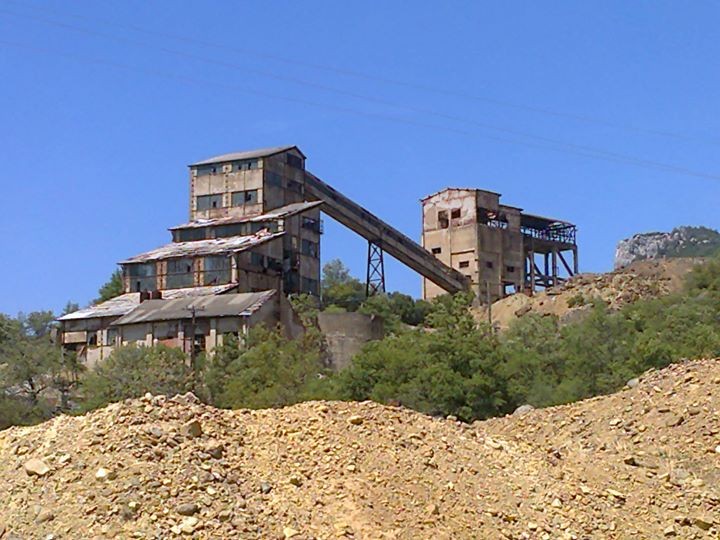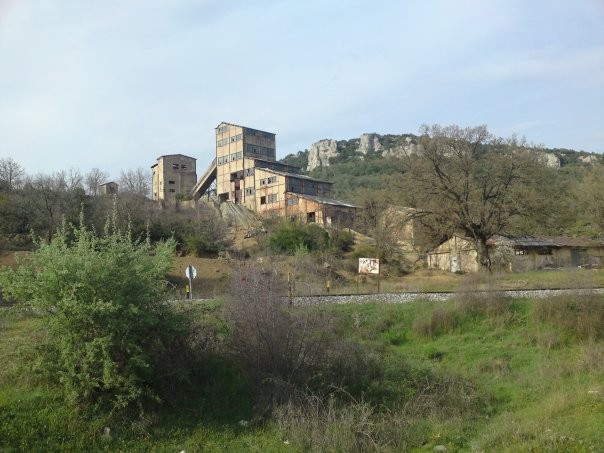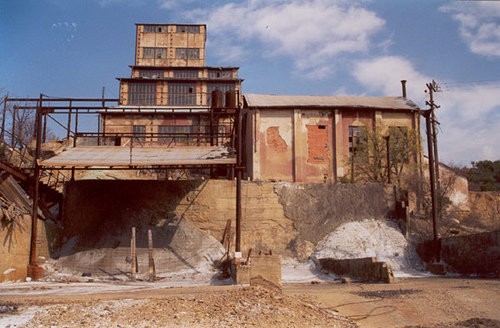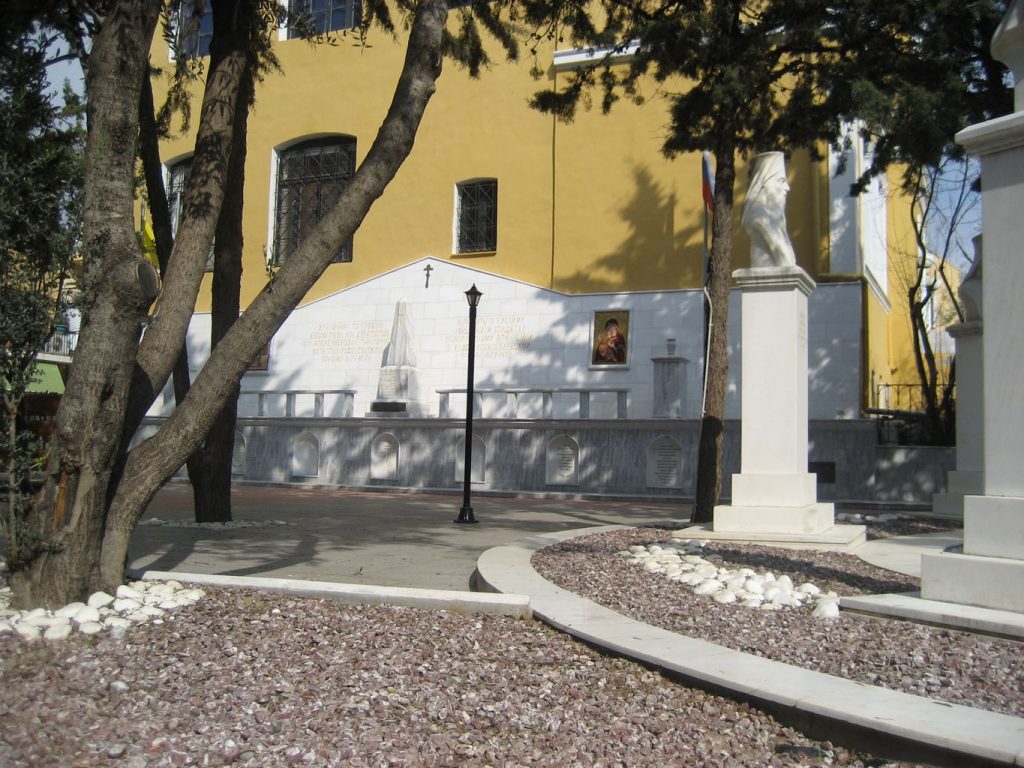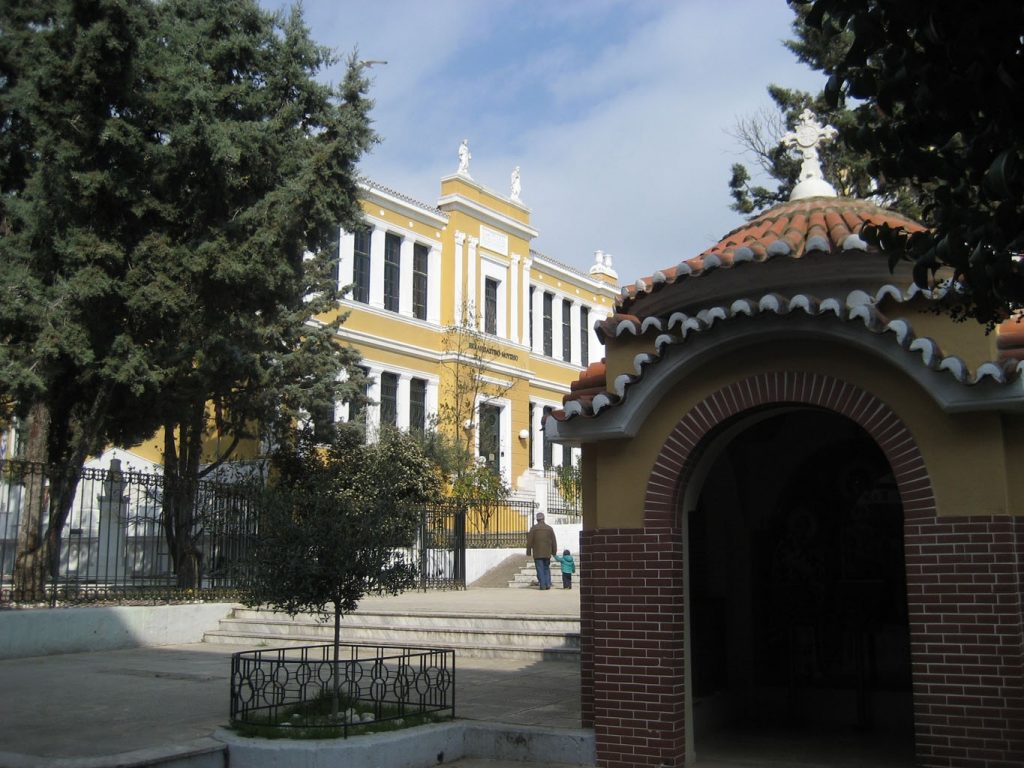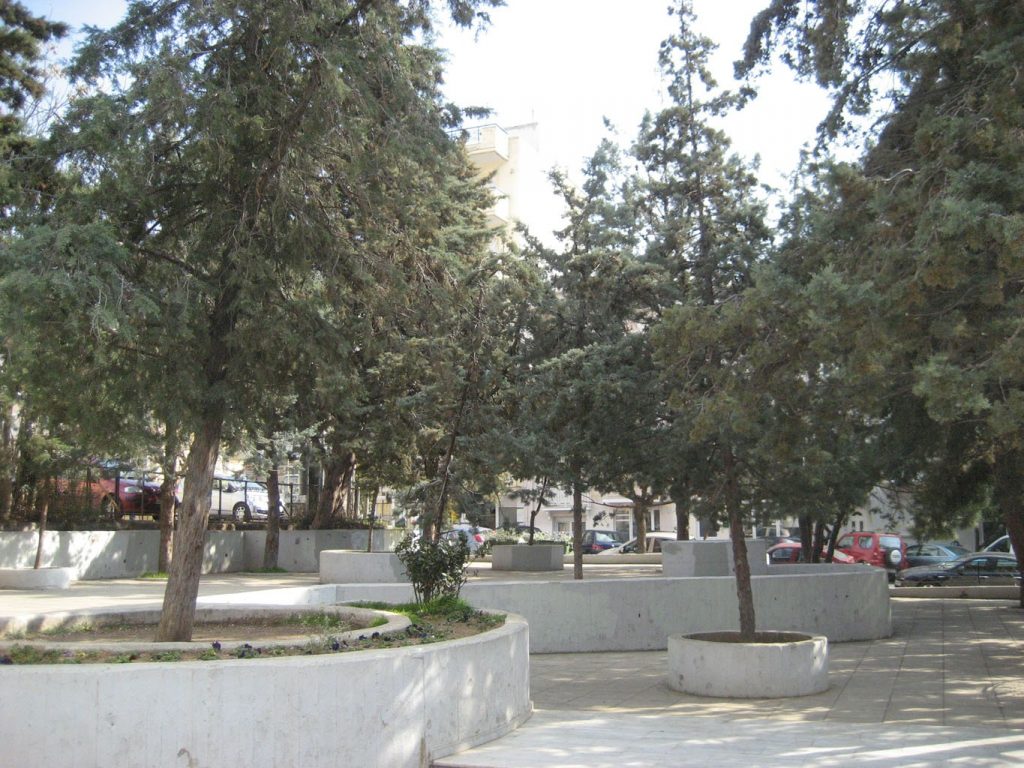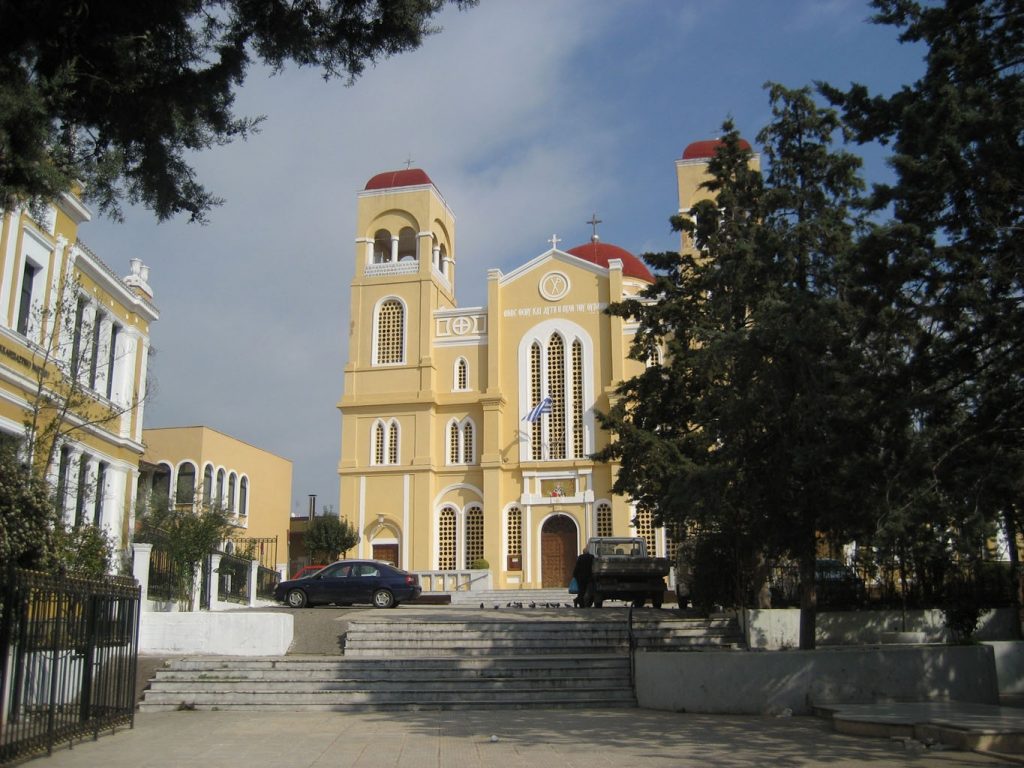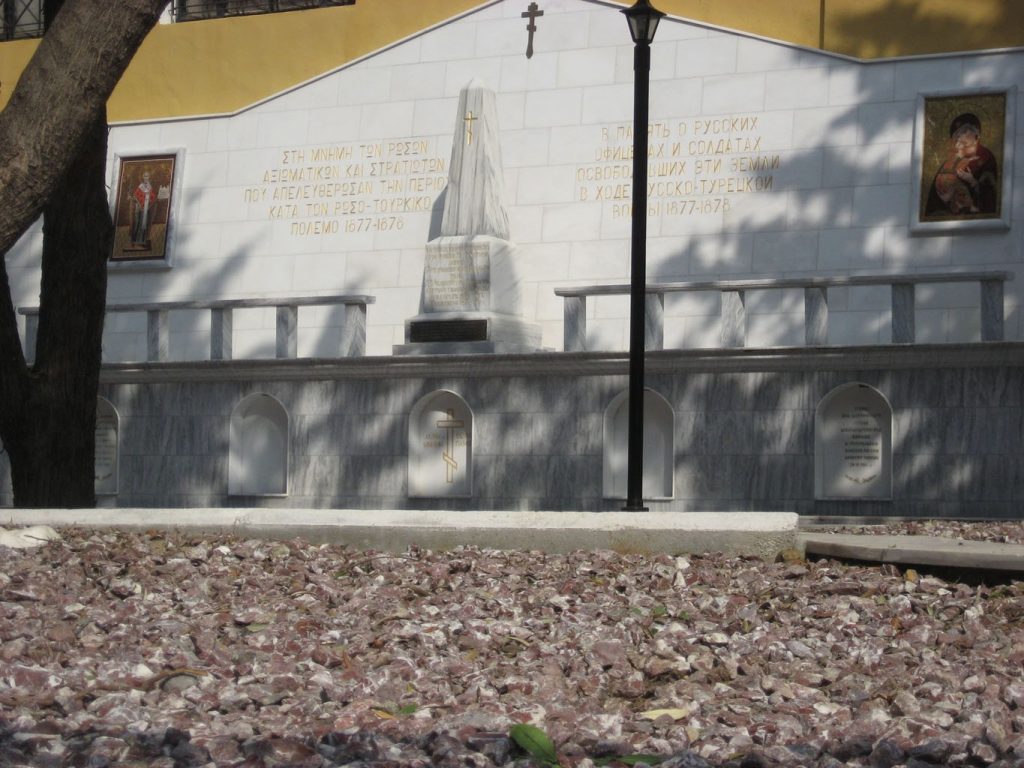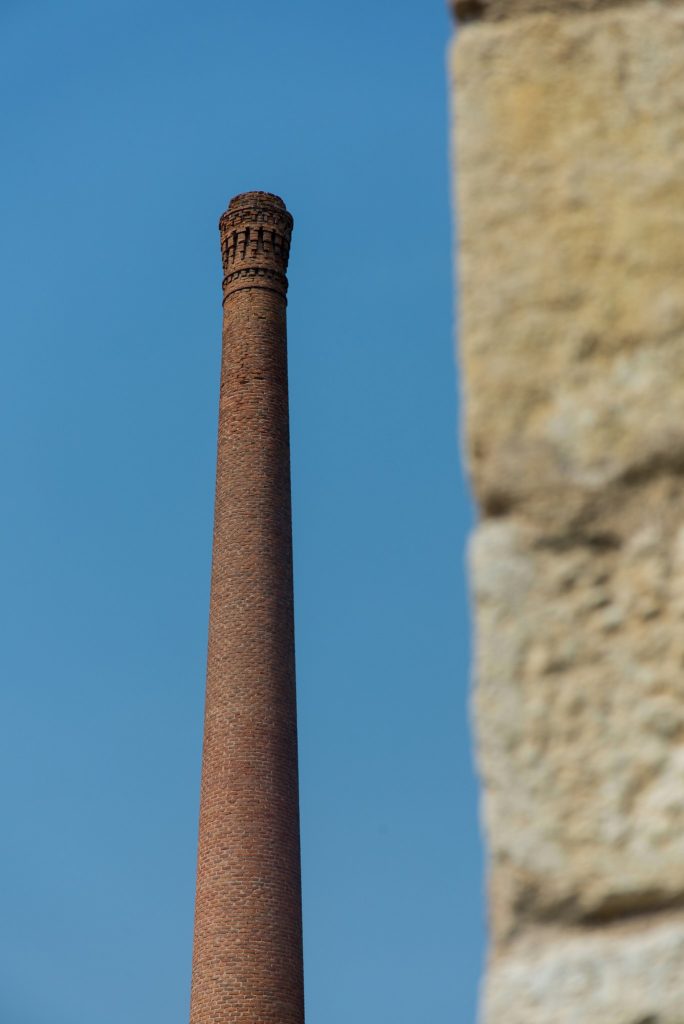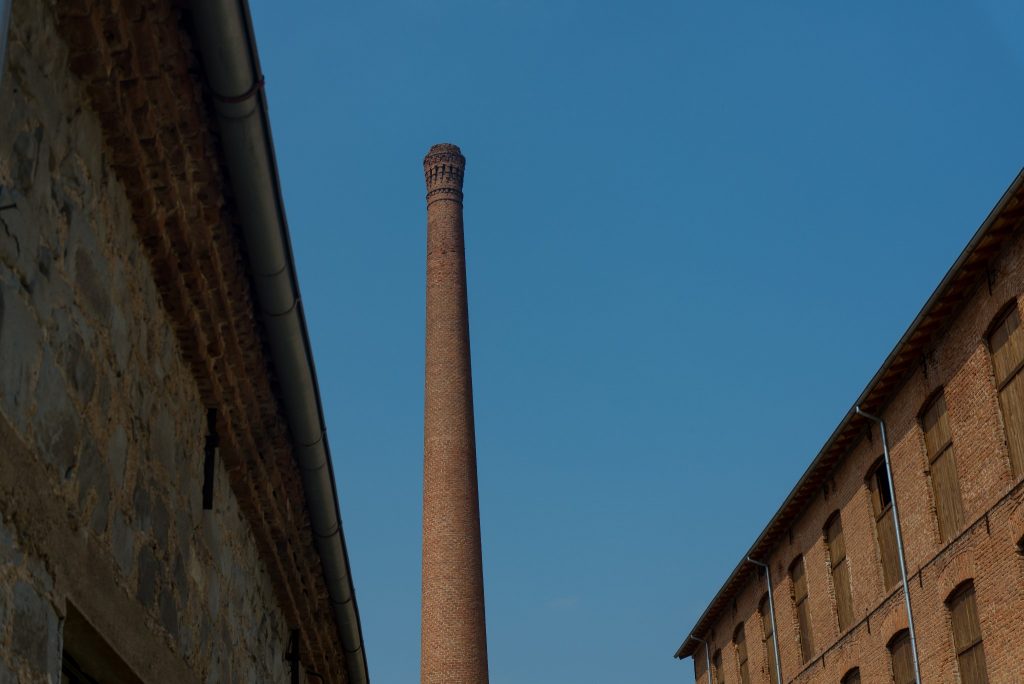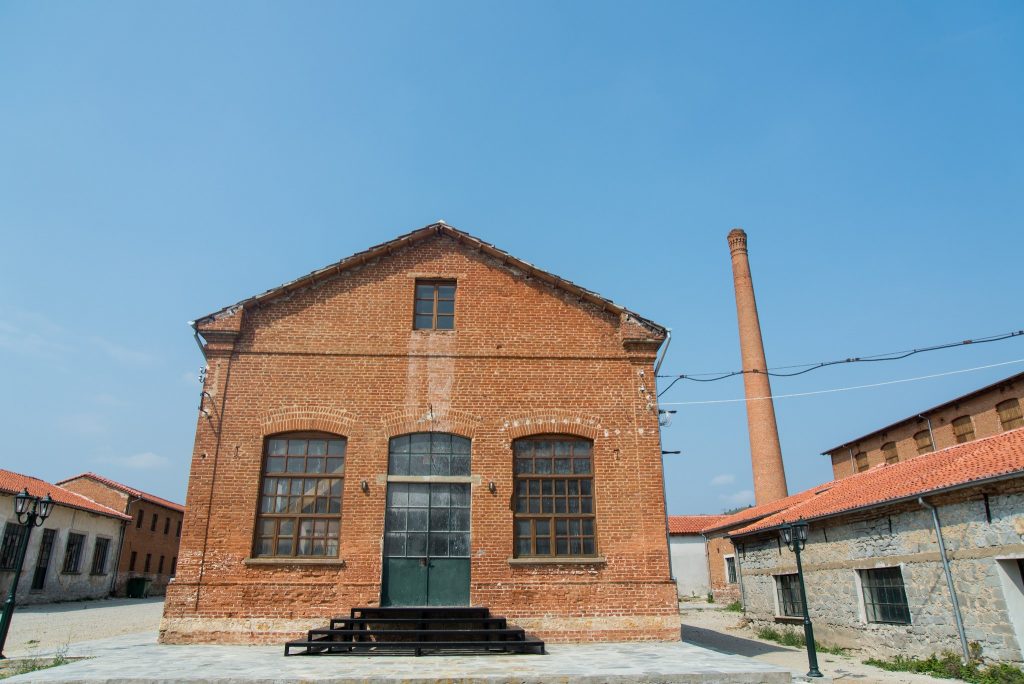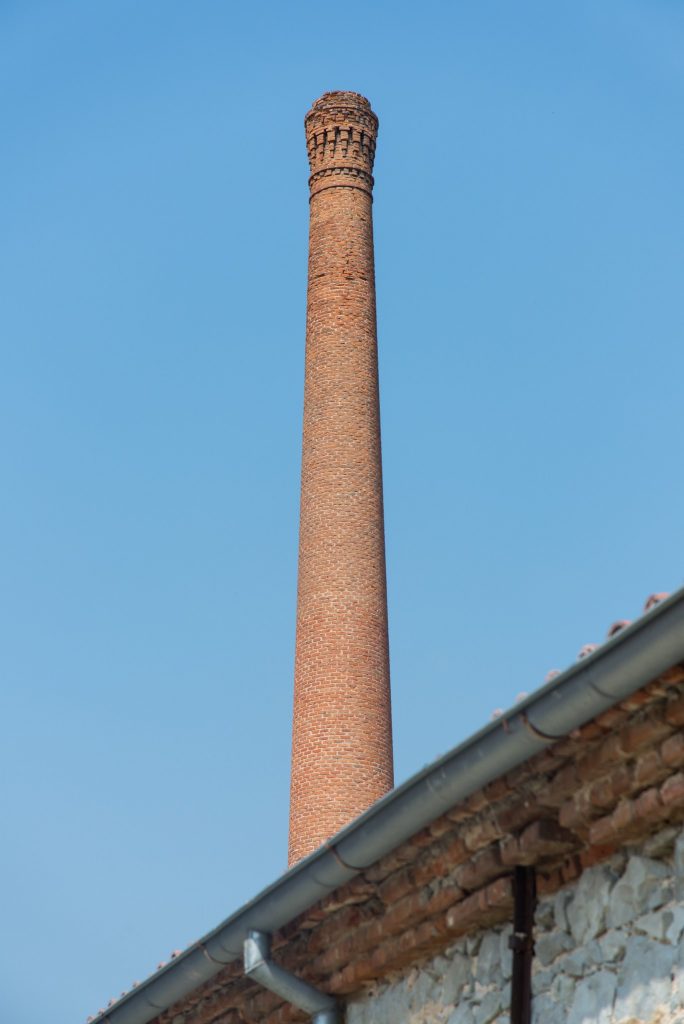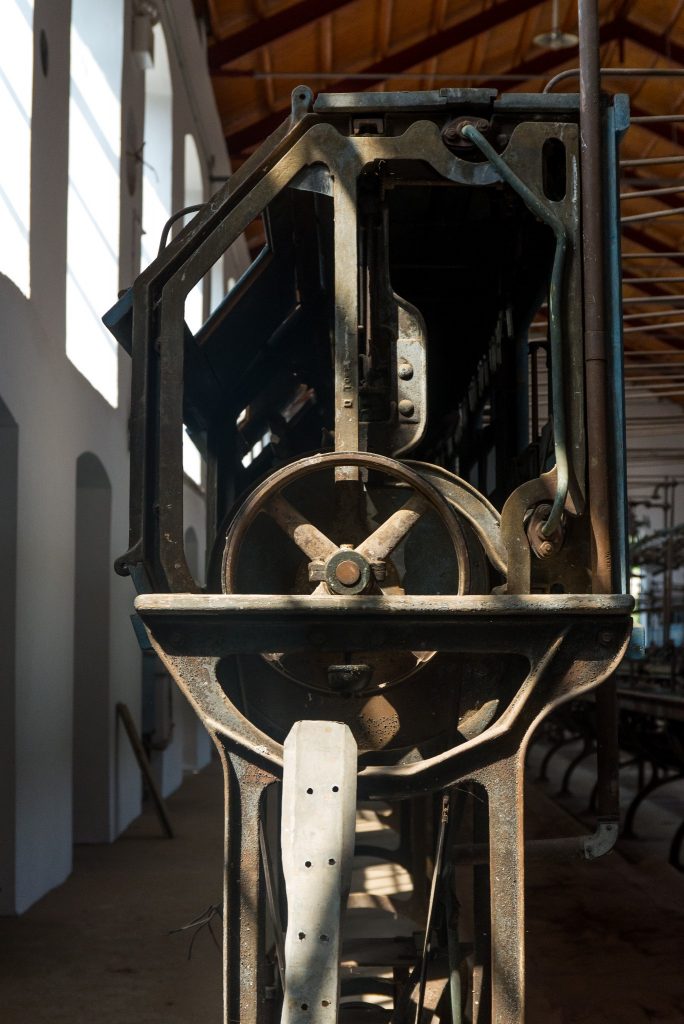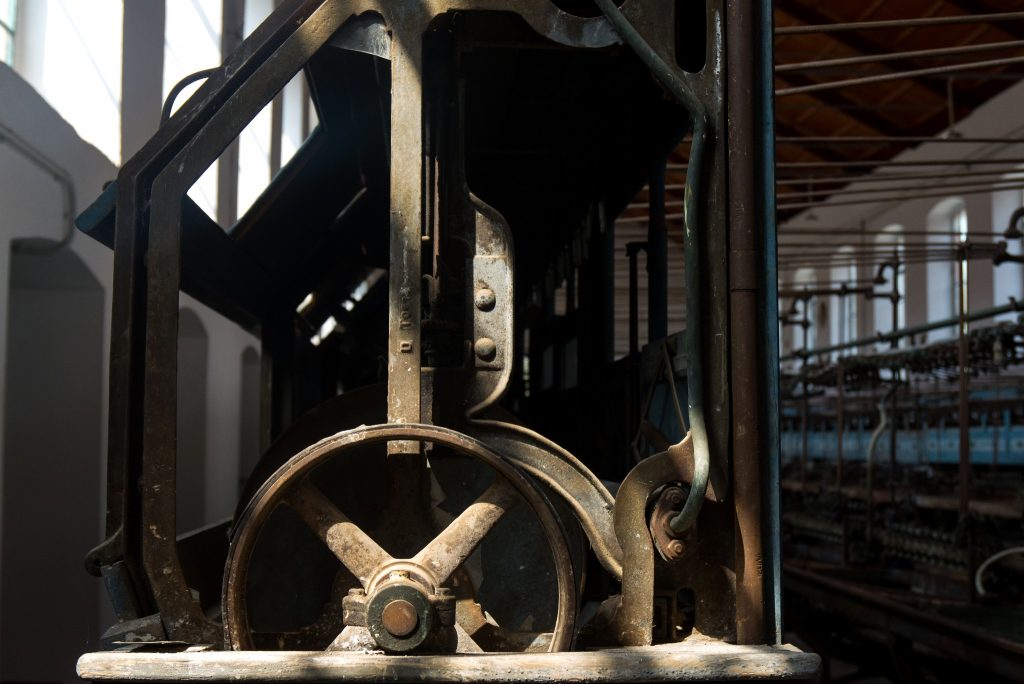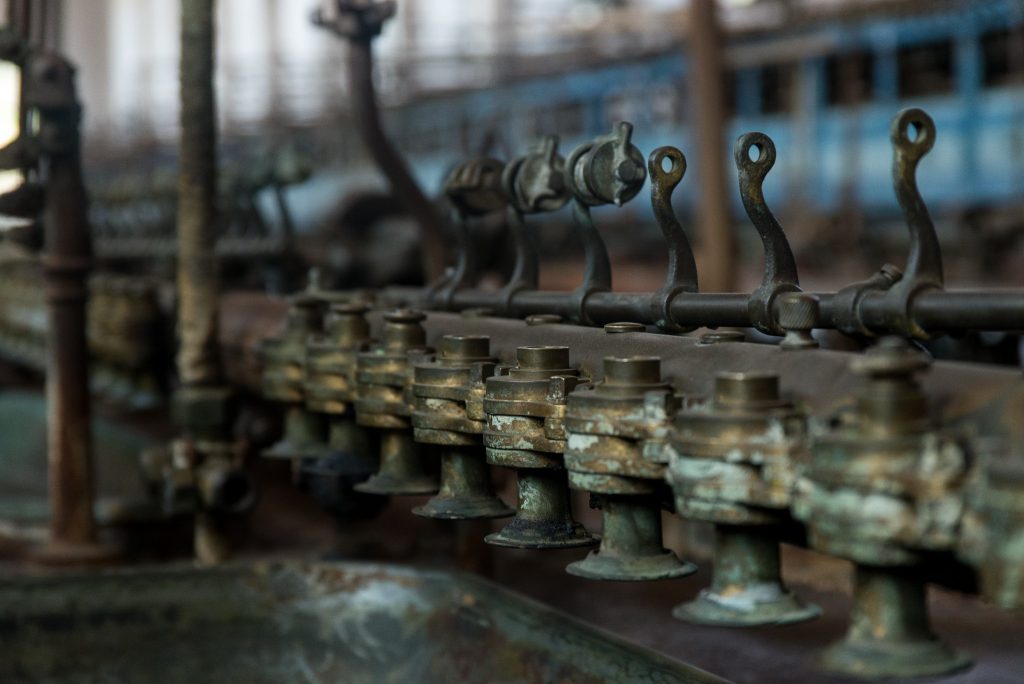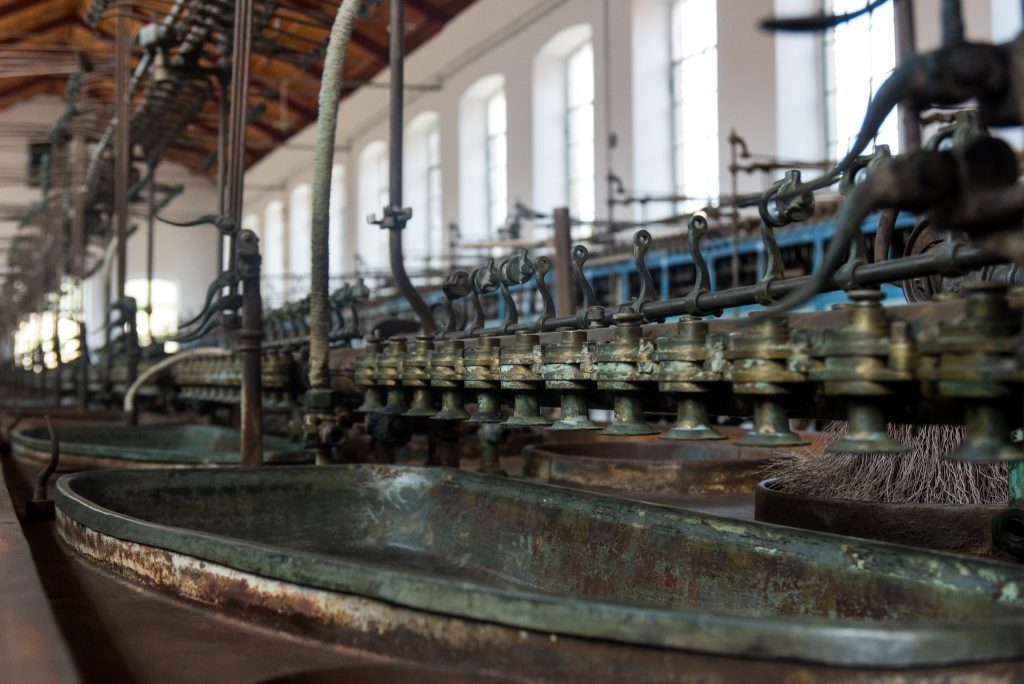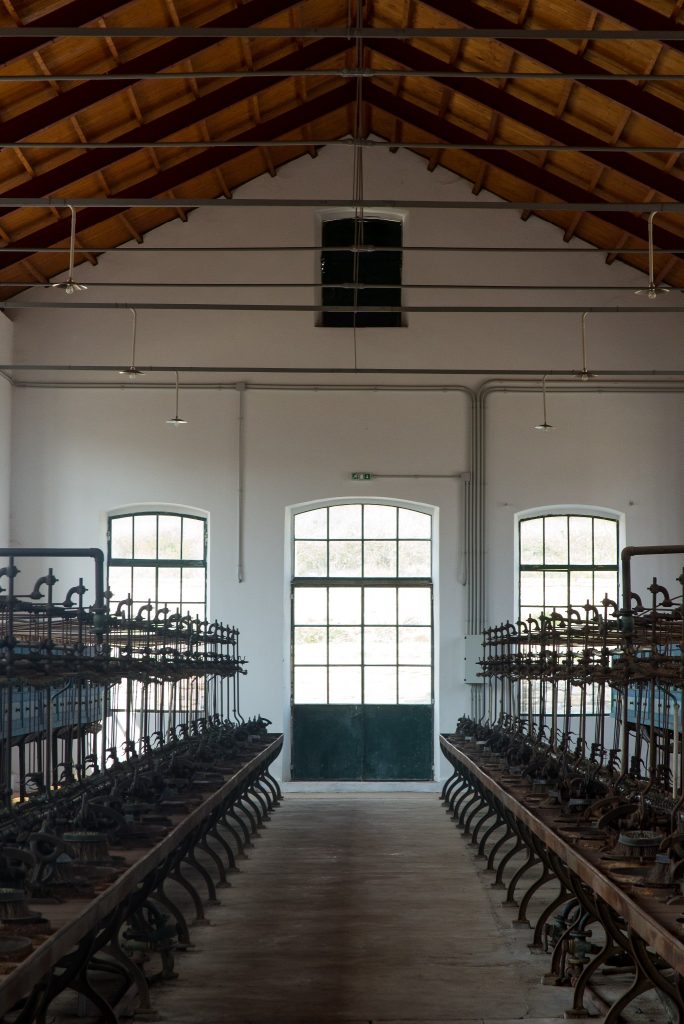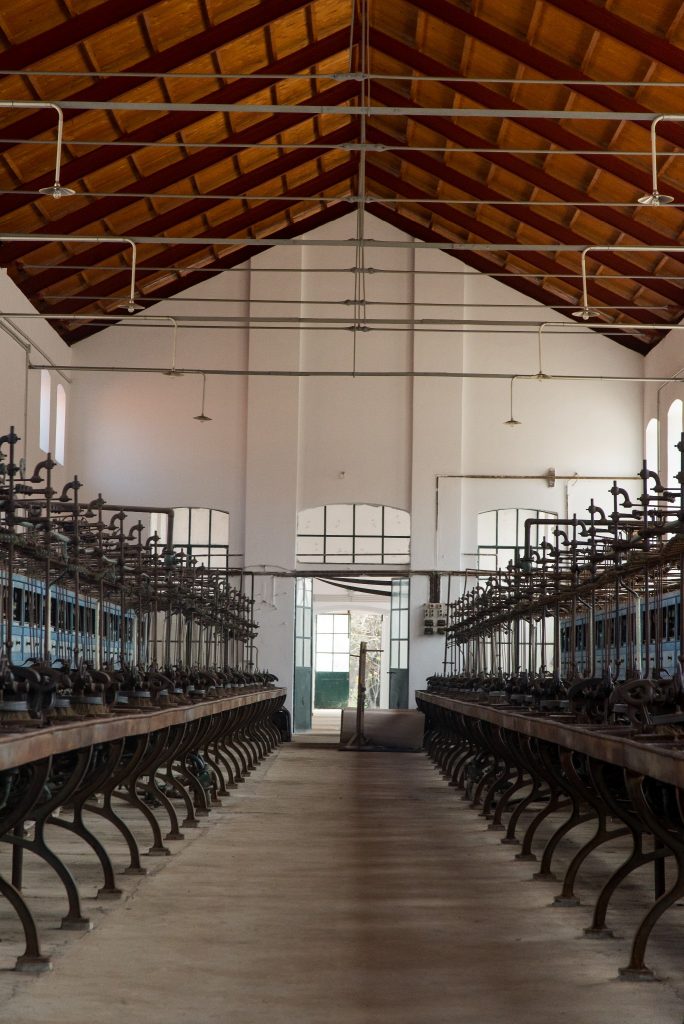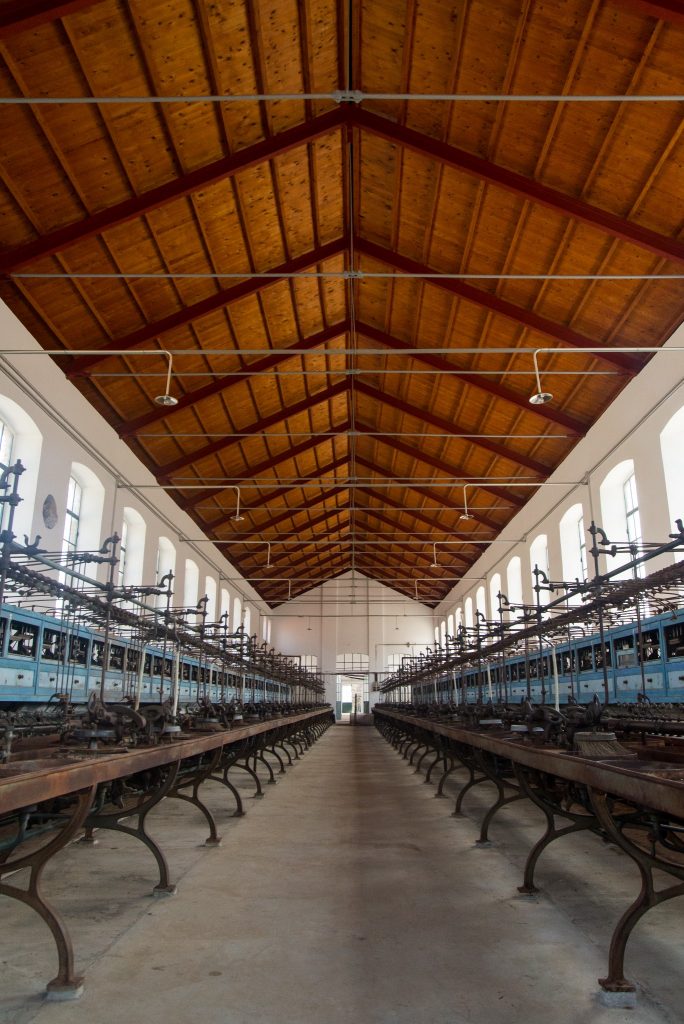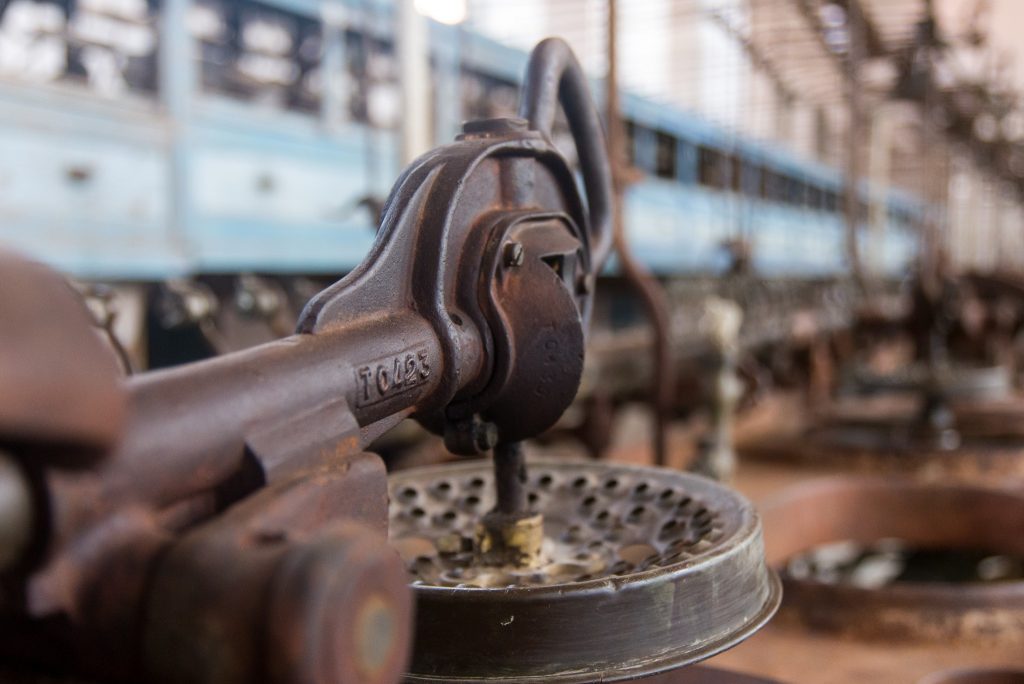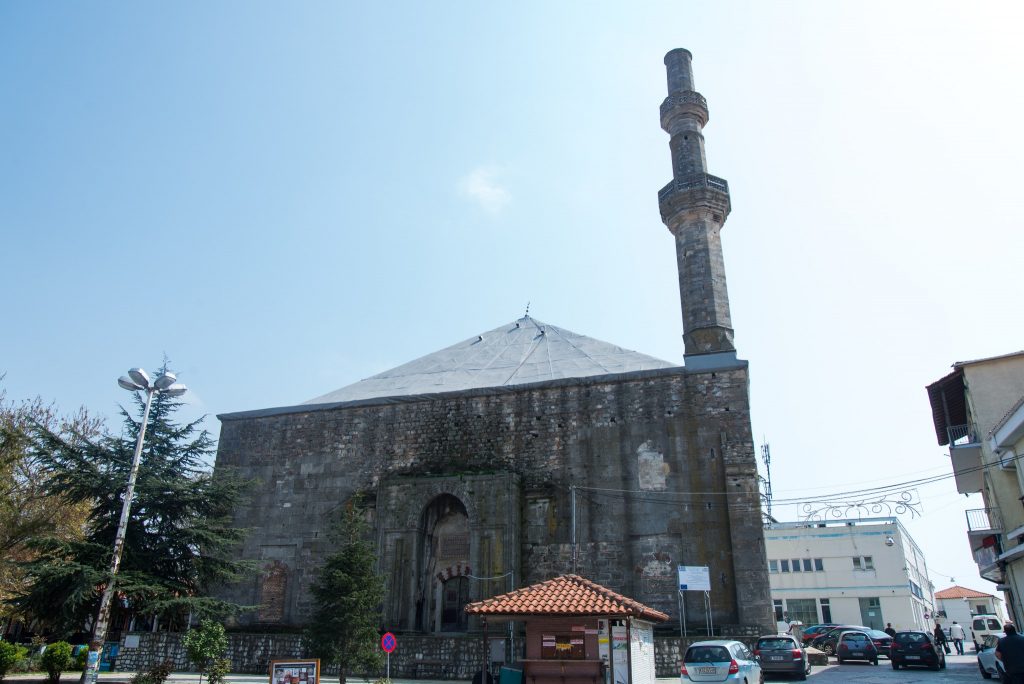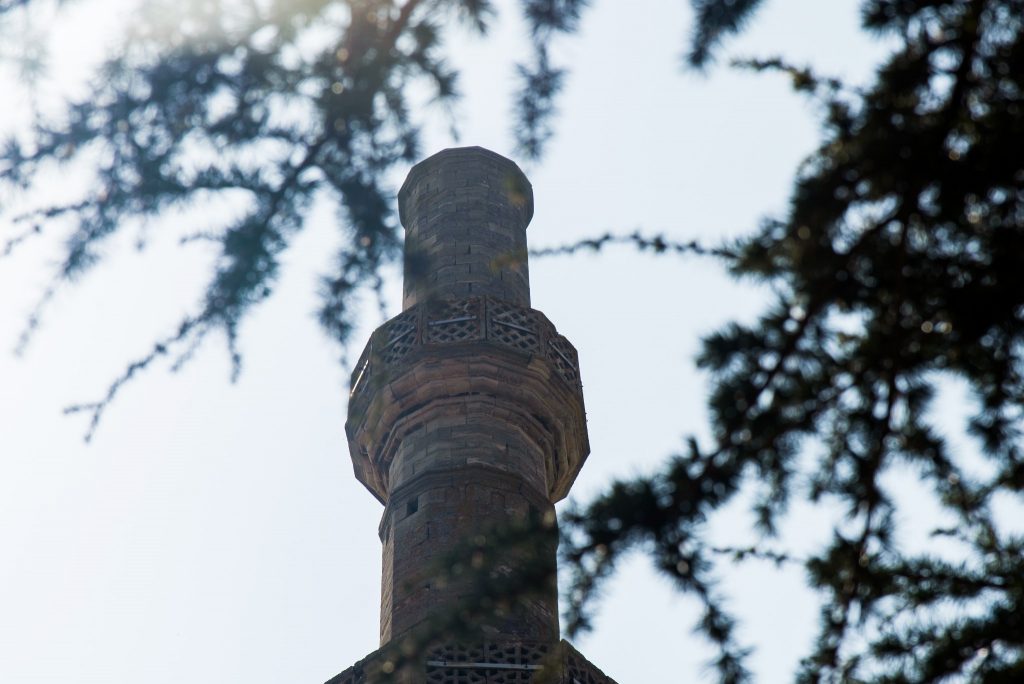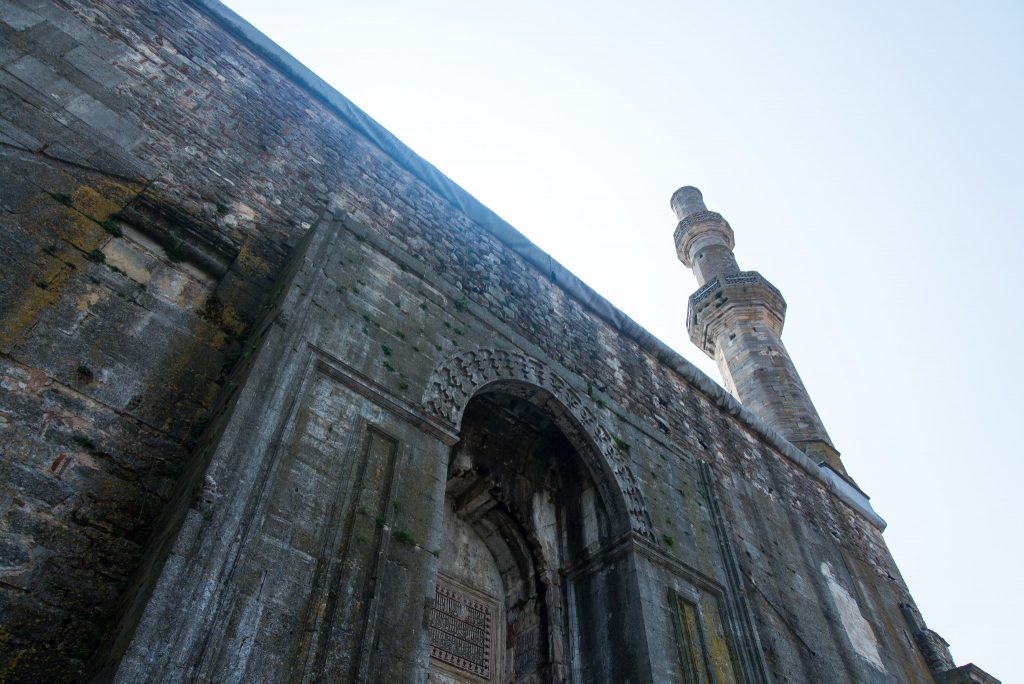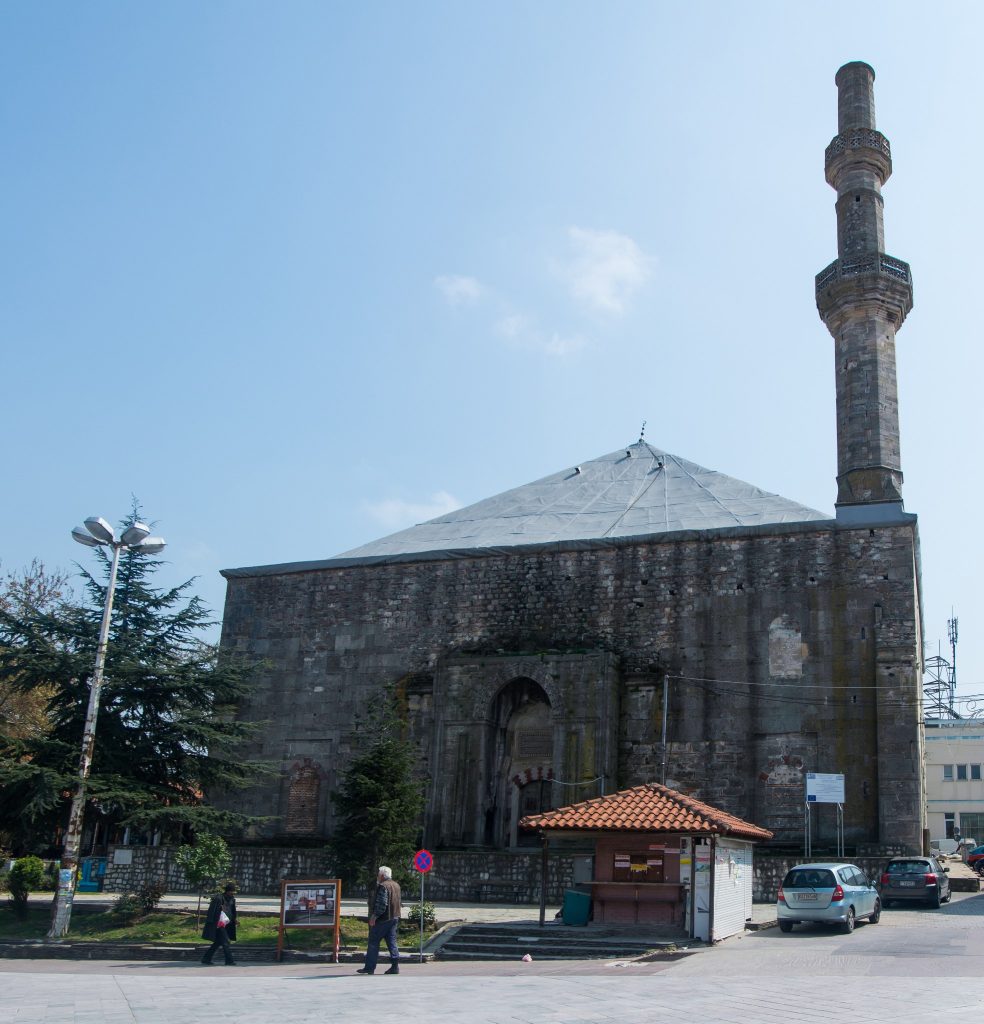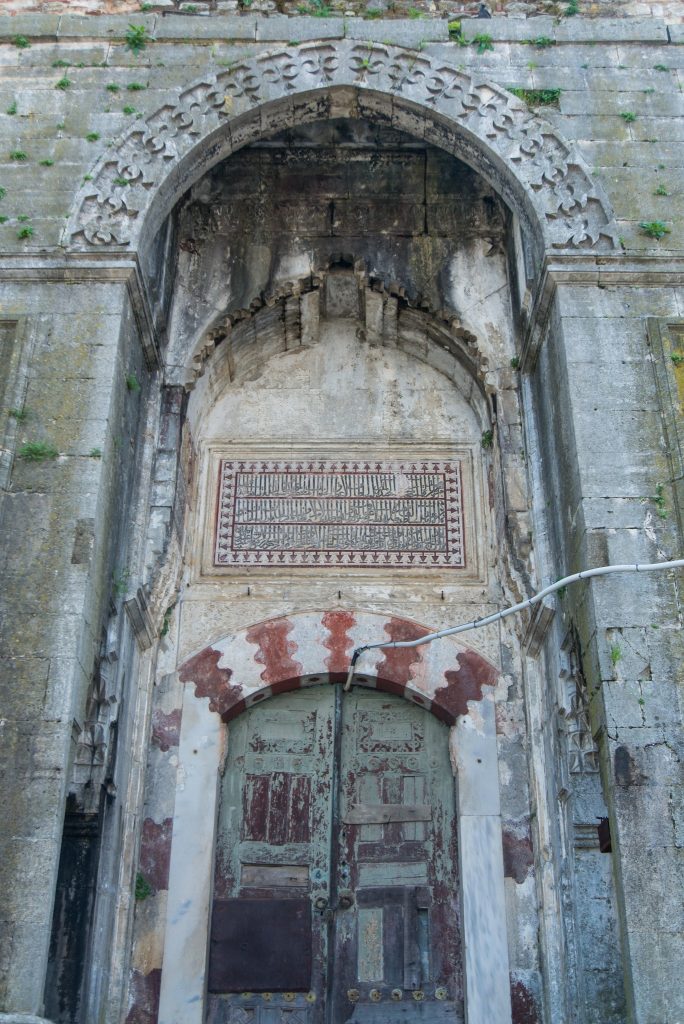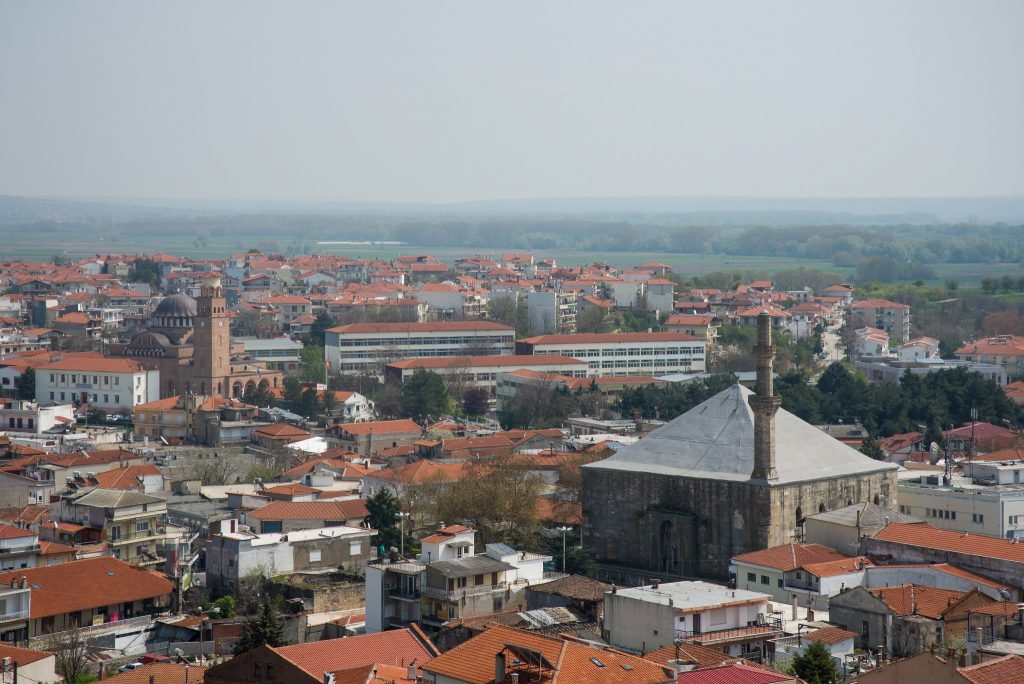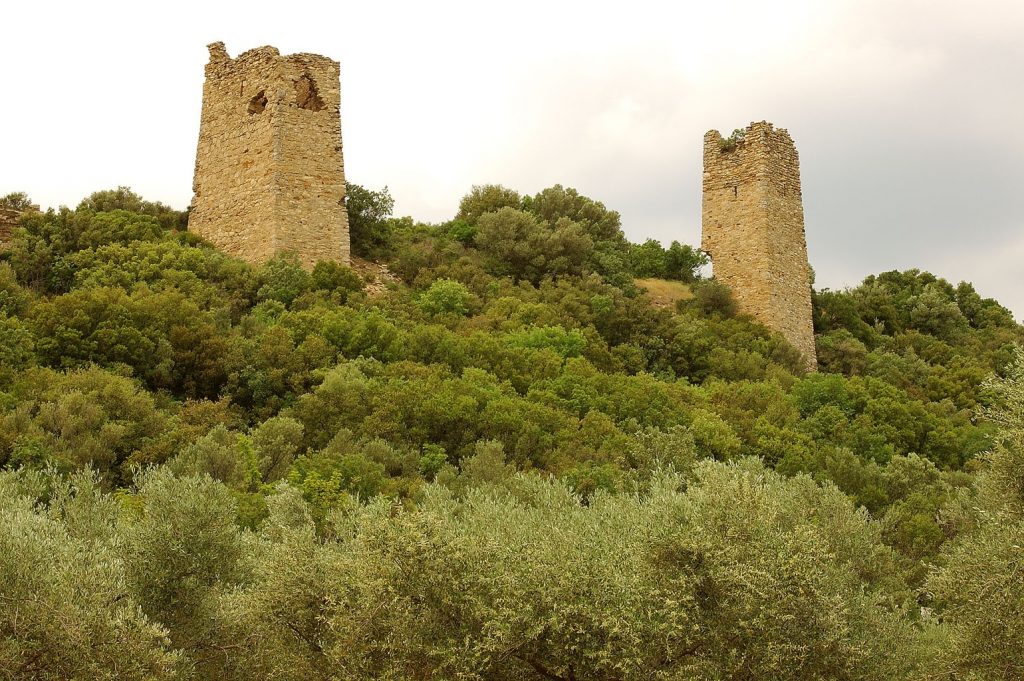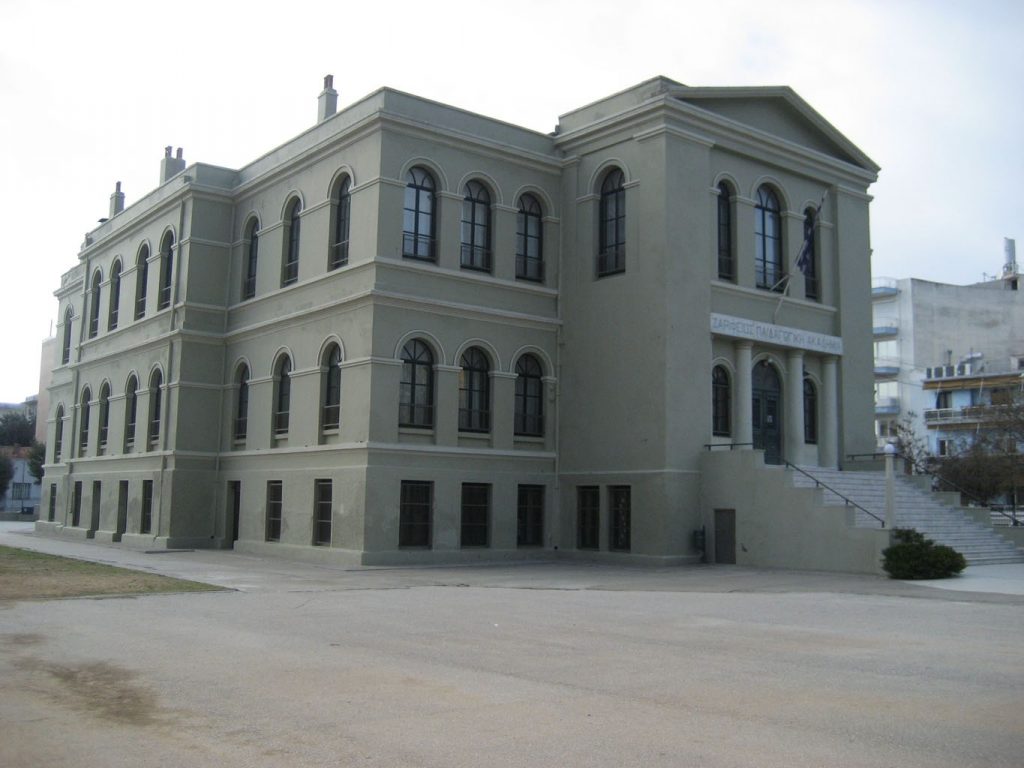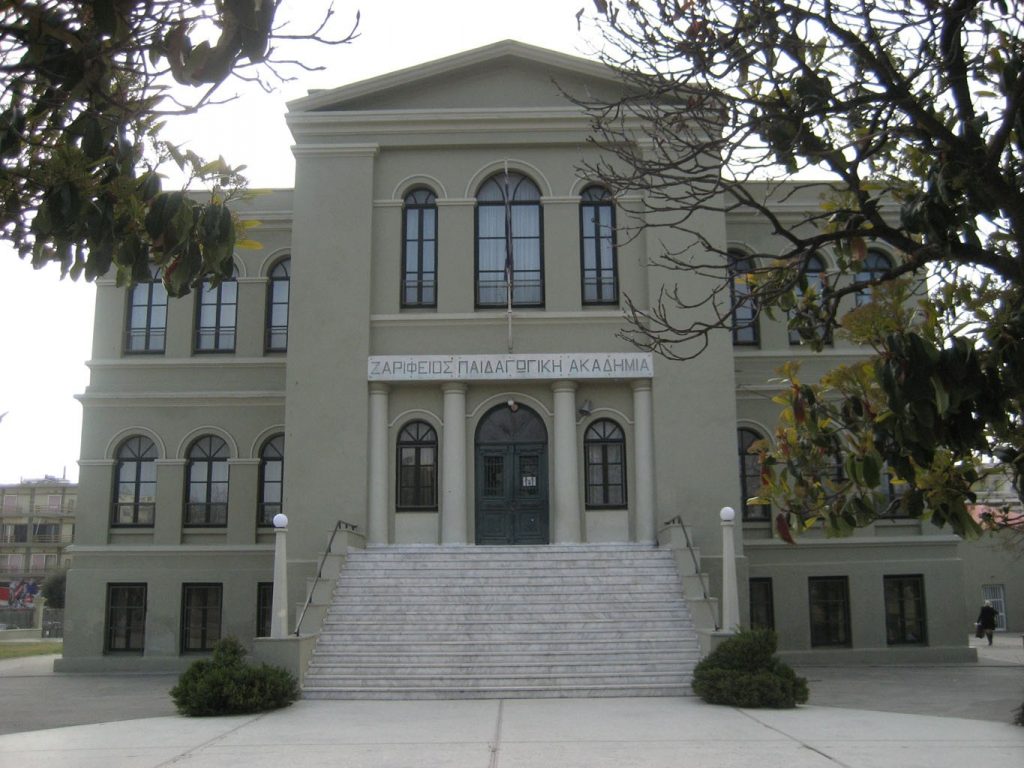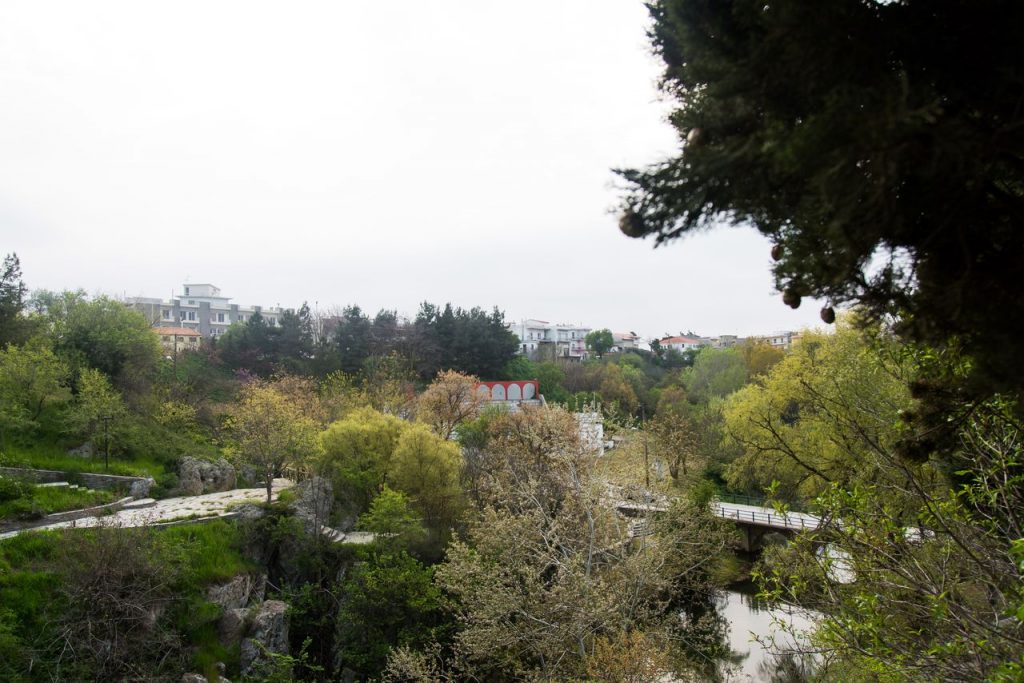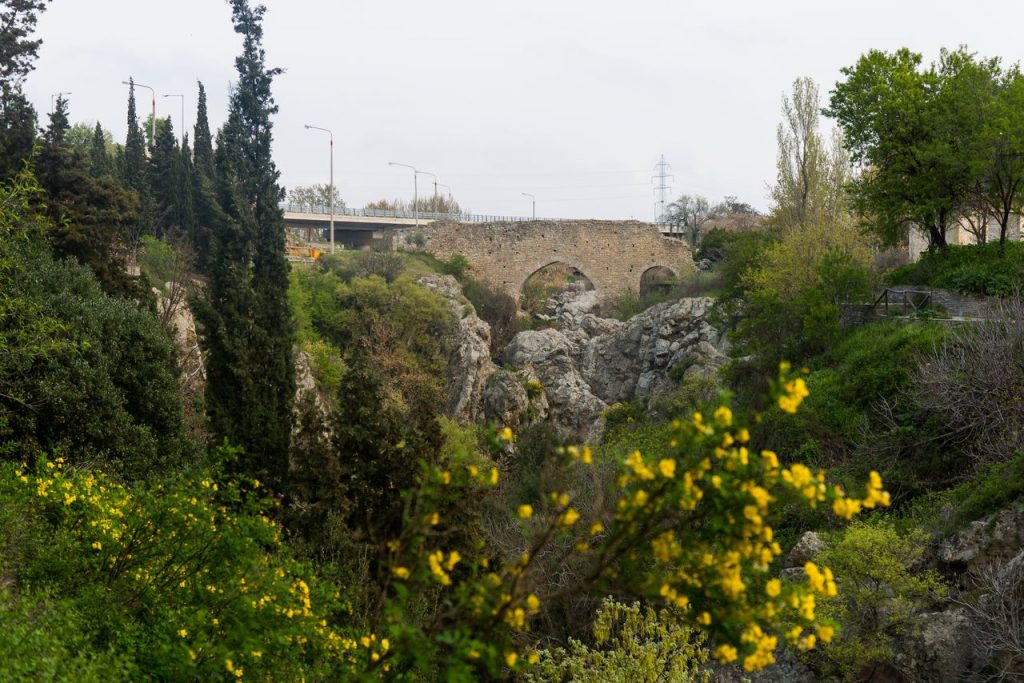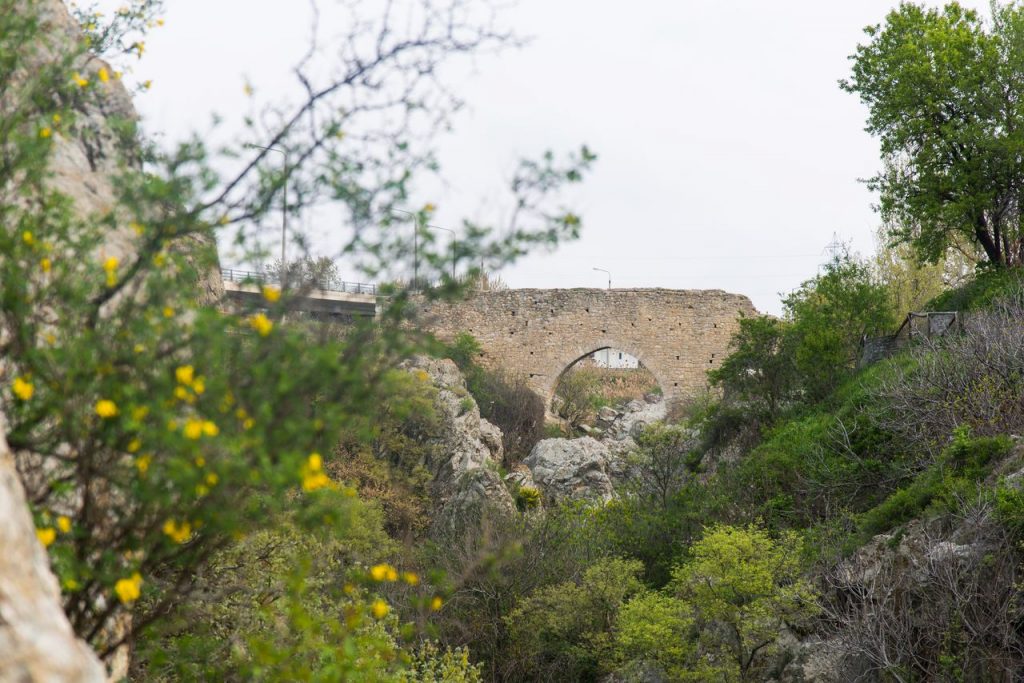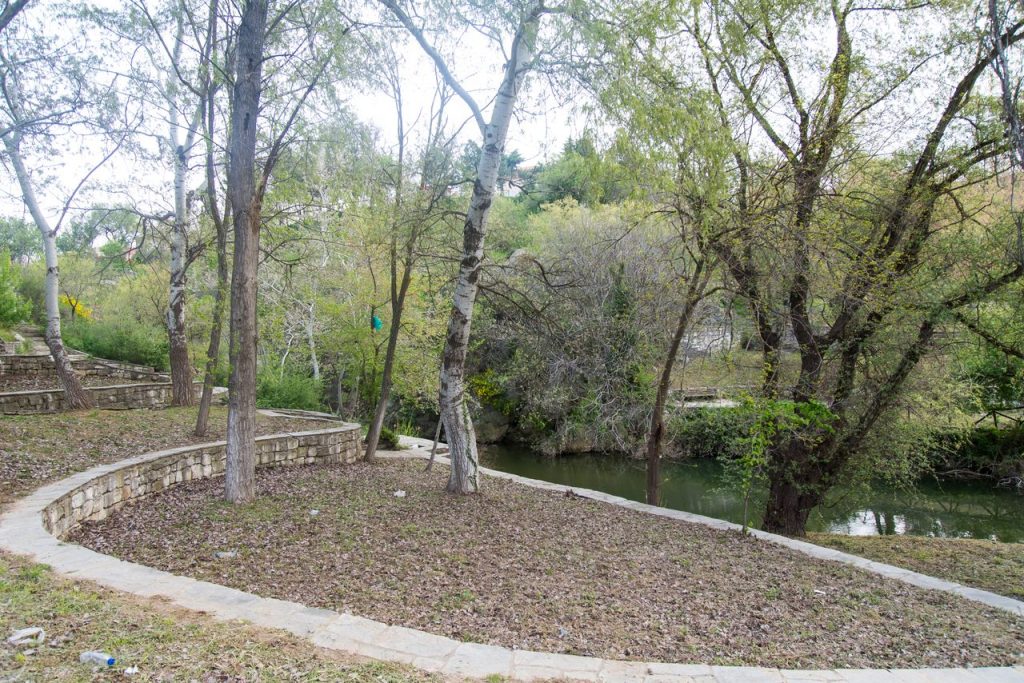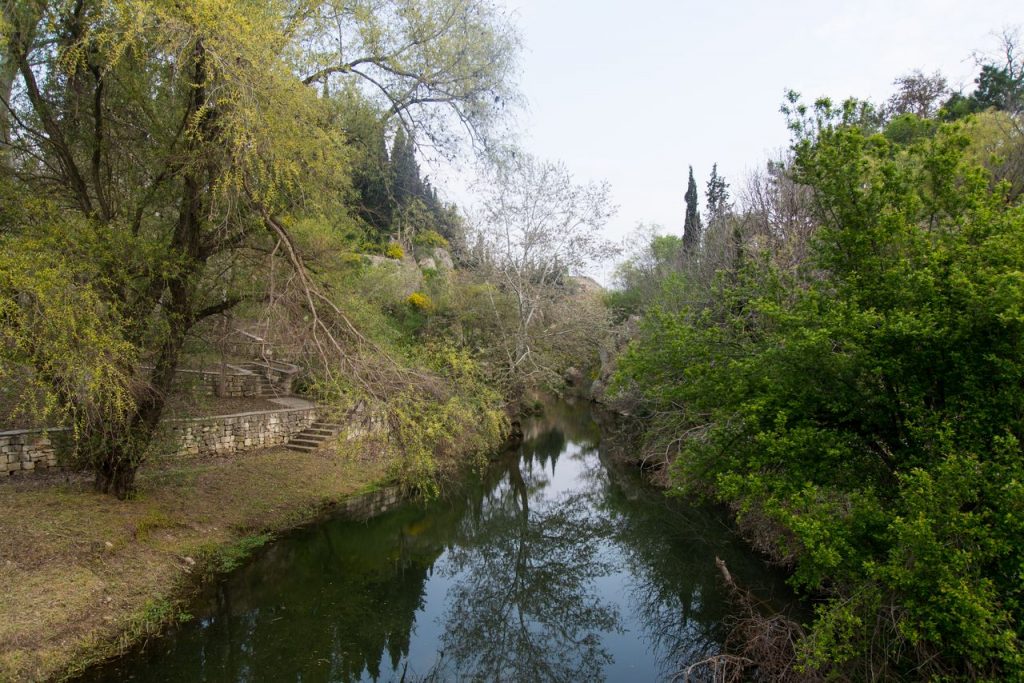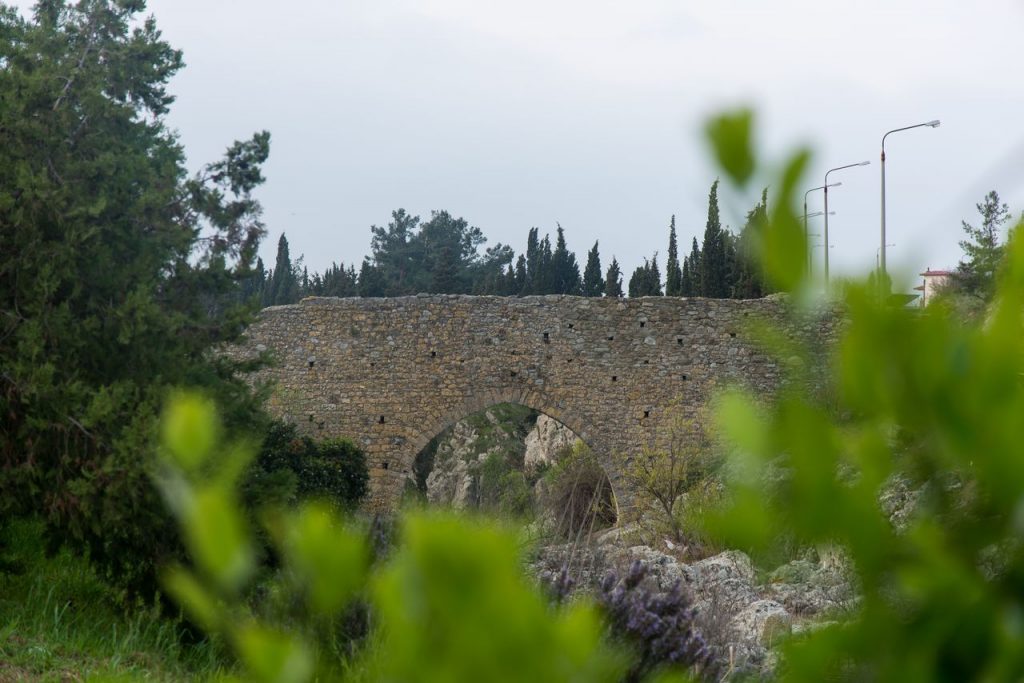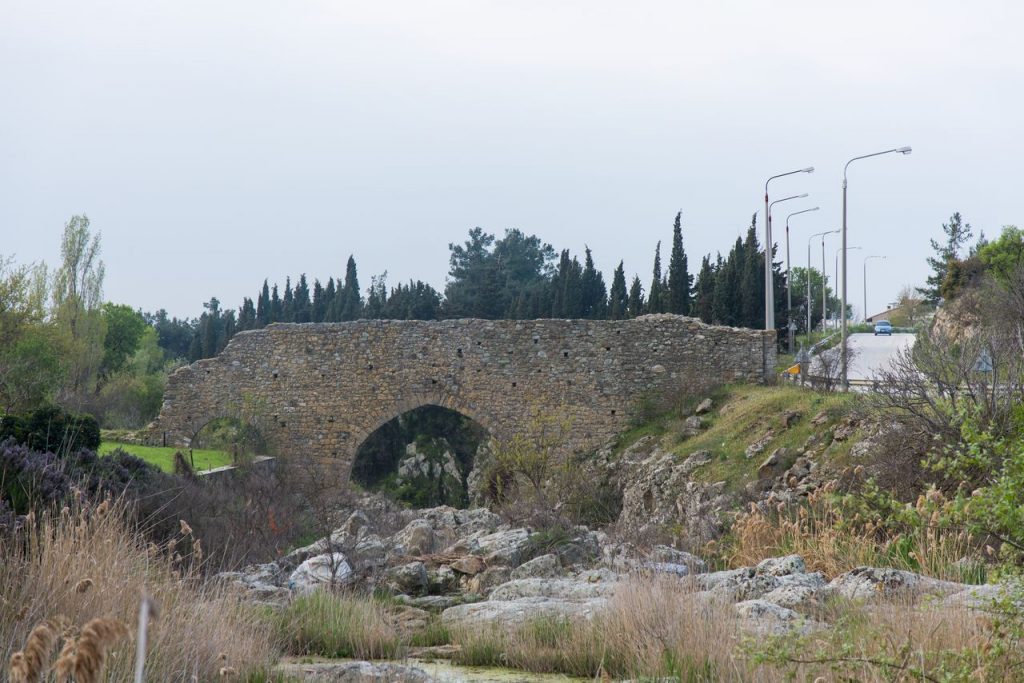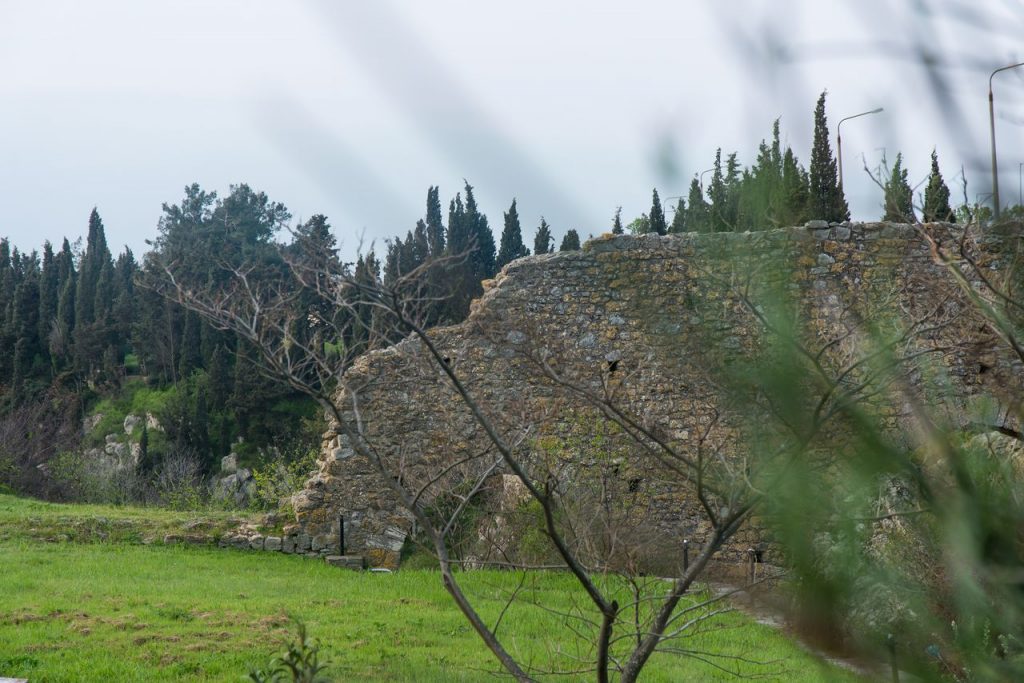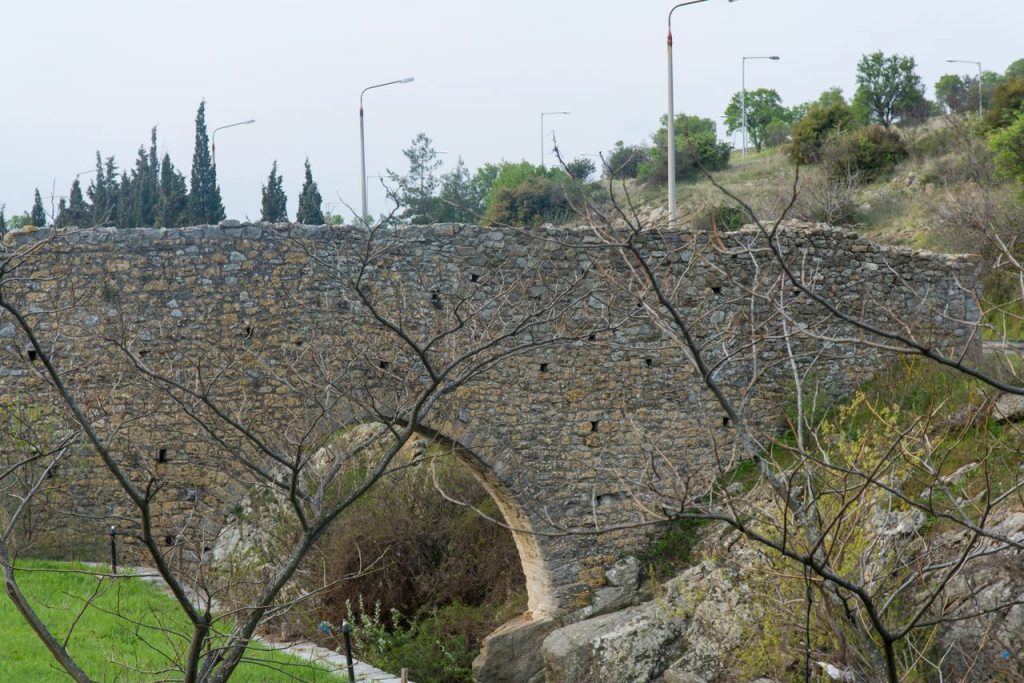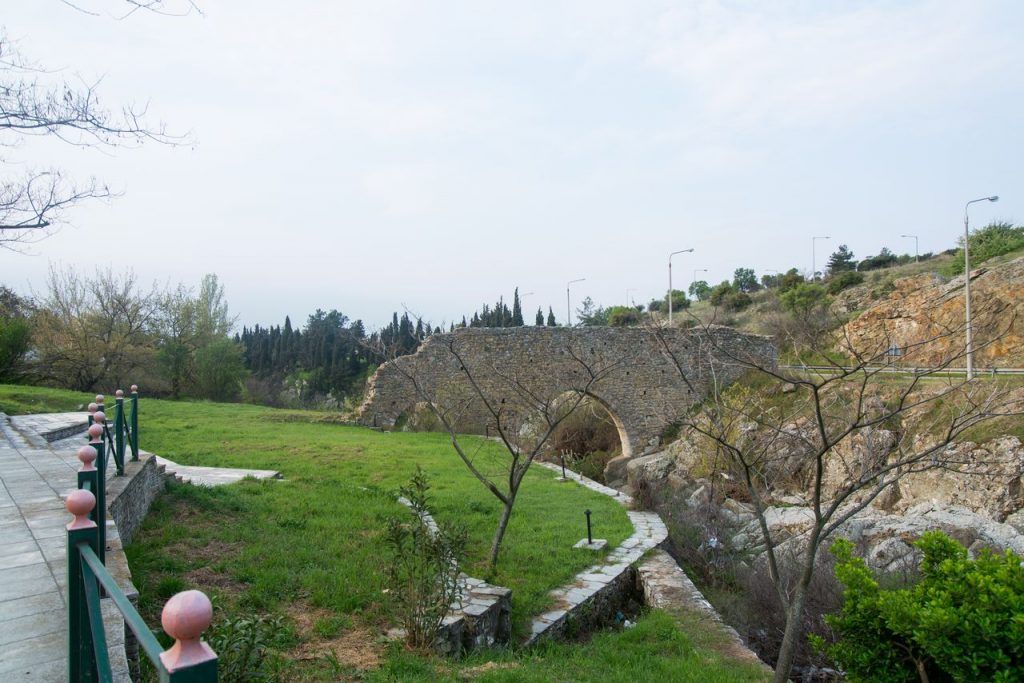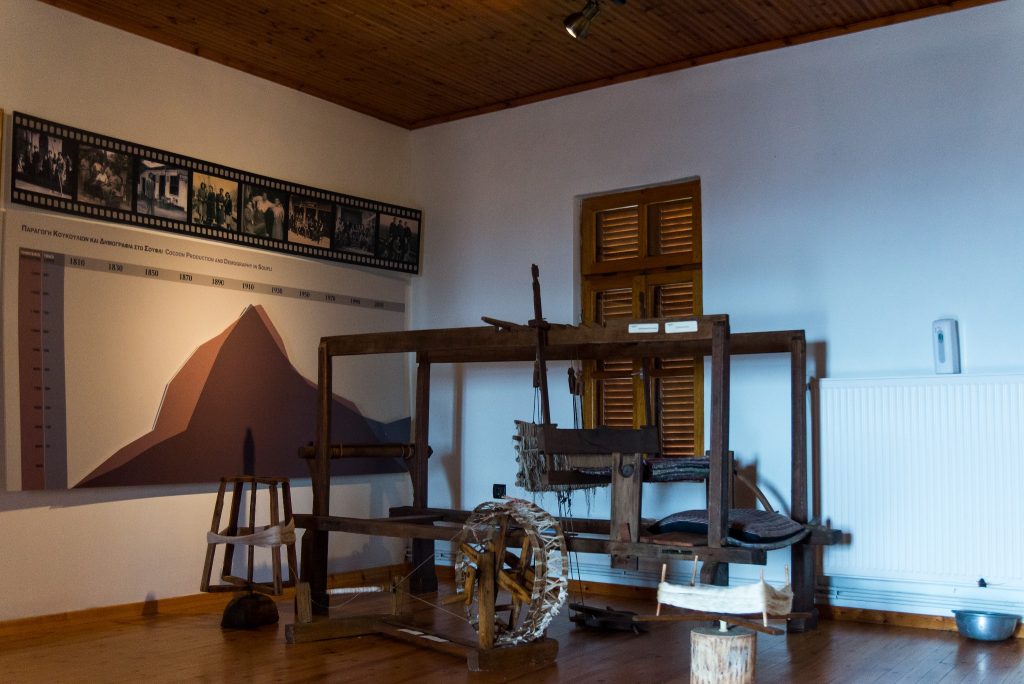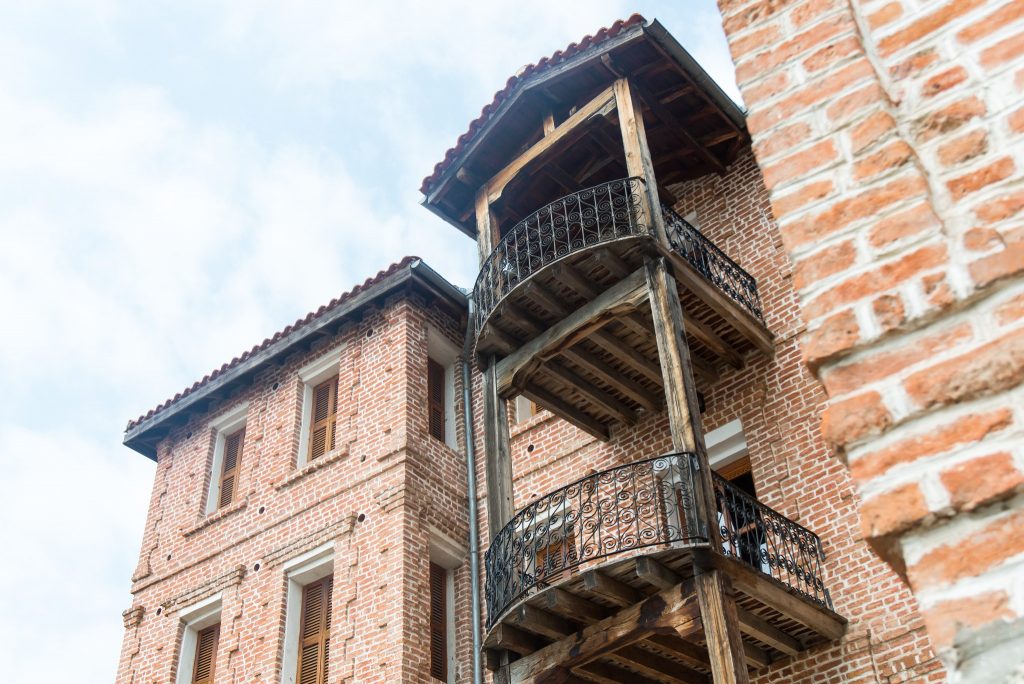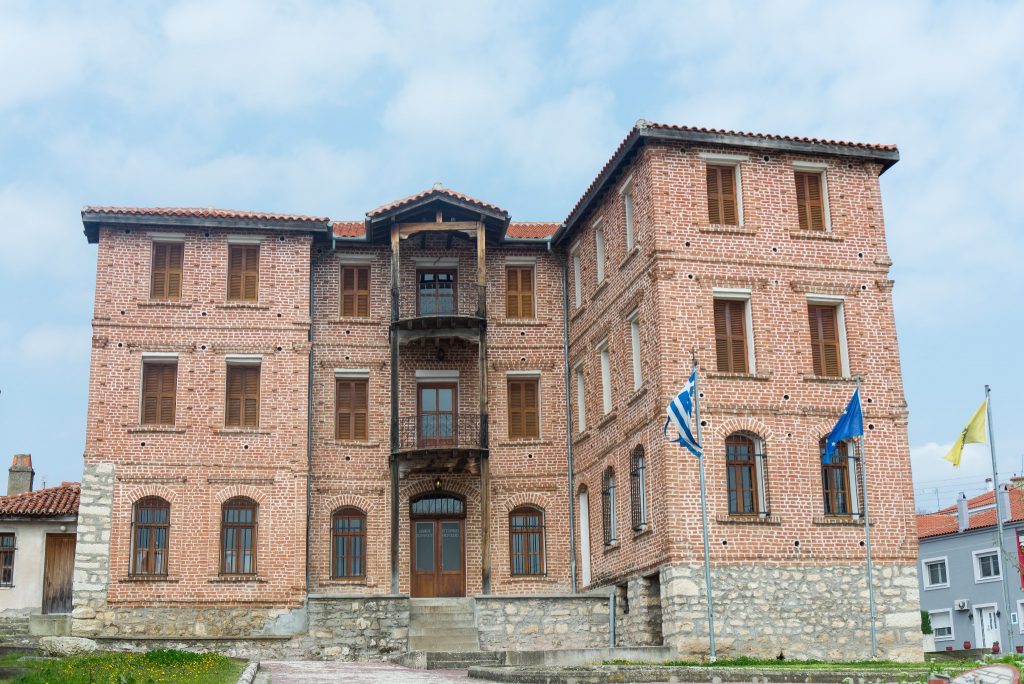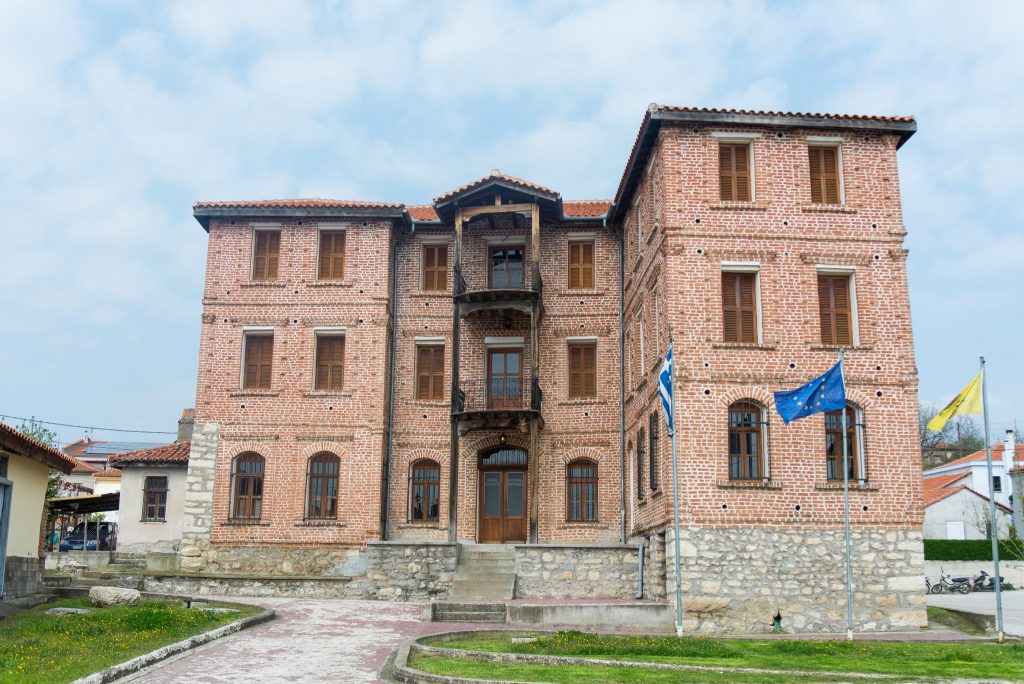Evros - Cultural Attractions
The area gives prominence to a culture that exists thousands of years and constitutes a synthesis of all the nations that meet at that point and have occasionally prevailed. The sights of Evros include monuments, buildings, squares and churches that are a benchmark for the whole Greece, while the most known are famous across borders.
The lighthouse of Alexandroupolis is the trademark of the capital and one of the most recognizable sights of Evros. It dominates at the city’s port since the 19th century and it still works today for the ships approaching the city.
The area of Soufli gives prominence to a great tradition in the art of silk and some of its old “cocoon houses”, the old silk factories, are currently among the sights of Evros. You can still see Byzantine monuments and castles that used to be city fortresses from antiquity until the Middle Ages, as well as beautiful buildings that embellish the city streets and are included in the sights of Evros that no one should miss.
-
The lighthouse of Alexandroupolis
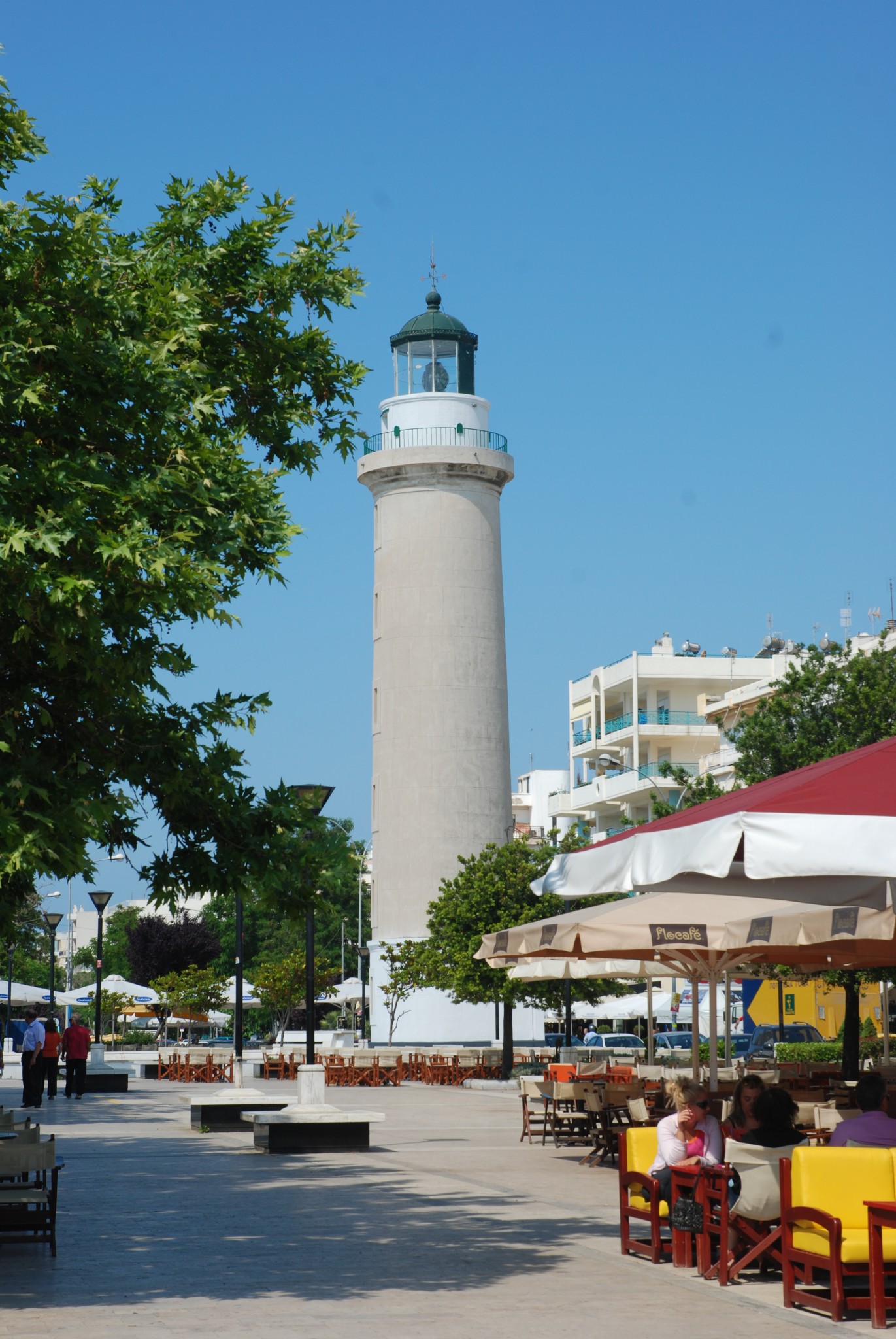
The Lighthouse of Alexandroupolis is the registered trademark, the naval symbol of the city, which when it was first inhabited, in the mid-19th century, it was exactly that; a maritime city with a brand new port, on the course of the ships that entered the Bosporus or the Mediterranean. The construction of a lighthouse was deemed necessary and it began around 1850, by the French Company of Ottoman Lighthouses. Read more
-
-
Christian Monuments in Didymoteicho
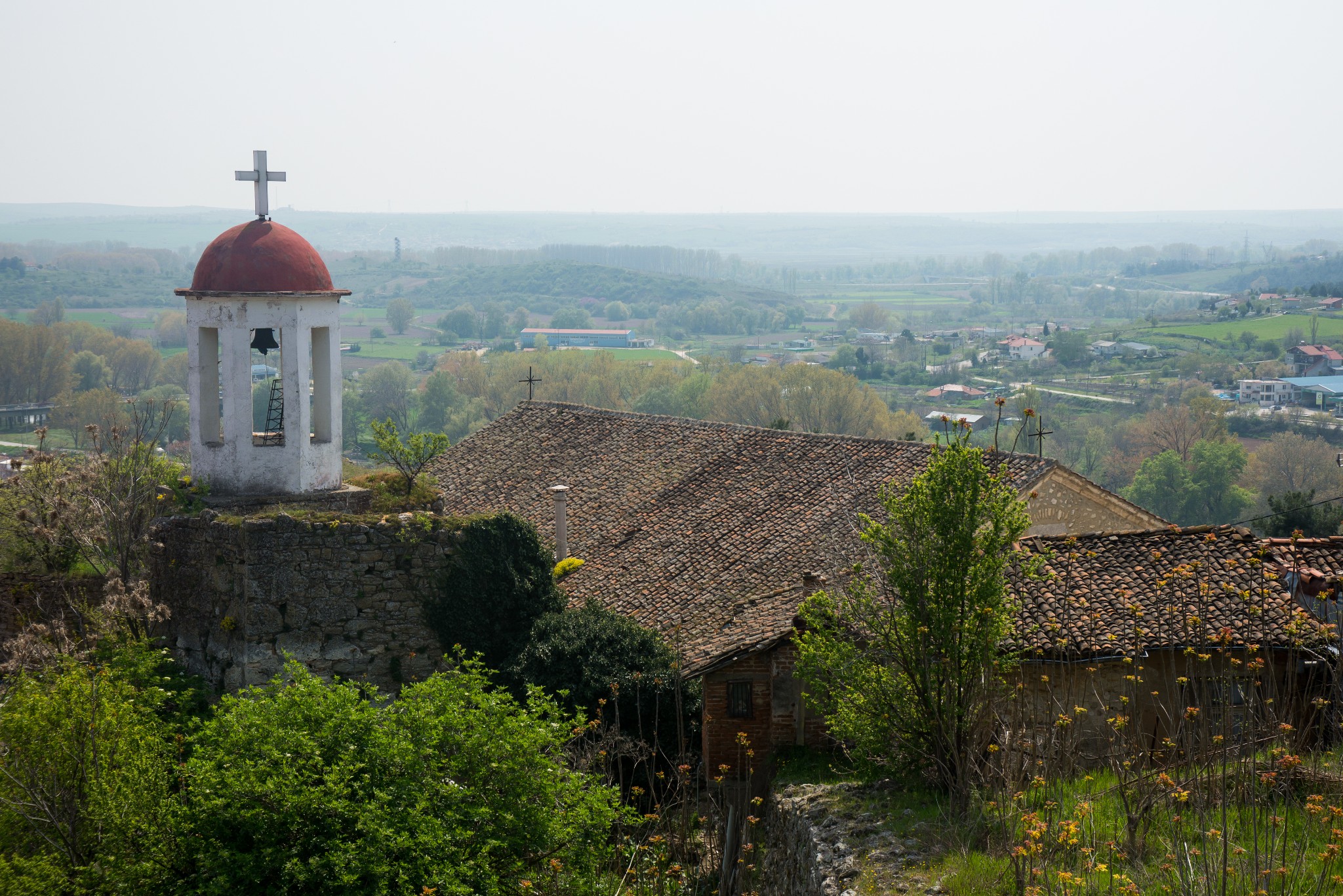
Didymoteicho, a city with an ambiance of its own, played a special role in Byzantium as it constituted an important centre with a significant development. Large and smaller Orthodox churches were built along the boundaries of the city. Today, they constitute monuments, landmarks, as wells as places of pilgrimage for visitors from all over the world. Read more
-
Castle of Kale
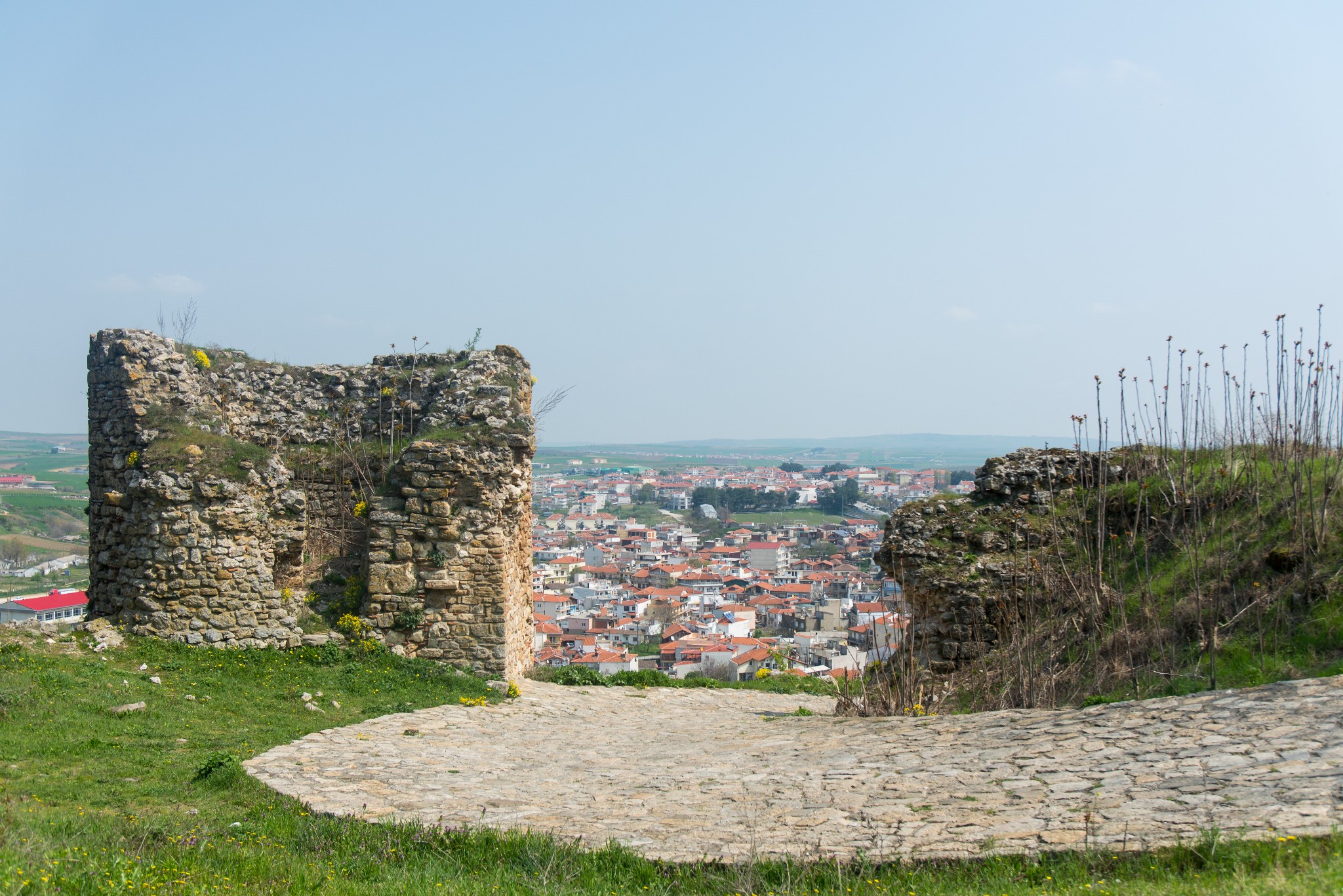
The most famous castle in Thrace. During the Byzantine Empire, Didymoteicho was an important commercial, administrative and military centre. The Castle of Kale was a strong fortified castle town for many centuries. It is estimated that it was created in the 6th century, while in its heyday the Castle became the capital of the Empire twice in the 14th century. Today, one kilometer of the castle wall survives in a very good condition, while in many points its height reaches twelve meters. The 24 towers have been standing proudly for more than 1000 years. All of them carry monograms, inscriptions or symbols of the masters that built them. Read more
-
The Mines of Kirki
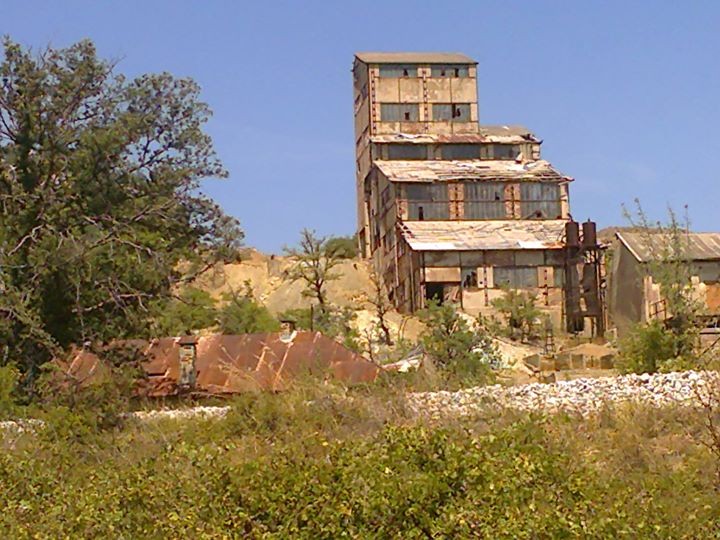
The mines of Kirki are located three kilometers away from the homonymous village and have been abandoned since 1997. Read more
-
-
Metropolis Square

It is the central square of Alexandroupolis. Three very important buildings compose the view of the Metropolis Square. The two of these neoclassical buildings were education centres from the early 20th century. Between them stands the Metropolitan Church of Saint Nicholas which was also built in the early 20th century by the first residents of the new city in order to honor their patron saint, as the majority of them were seamen. At the right side of the Metropolis Square there is the old elementary school where prominent figures of Alexandroupolis such as Athanasios Spanos, Angelos Poimenidis and Theodoros Charalampidis were teachers. On the left of the Metropolitan Church is situated the Leontaridios Urban Boys School, the old high school which today houses the Ecclesiastic Museum. On one side of the square there is a small garden with marble busts of bishops of the city. Read more
-
-
Tzivre Silk Mill in Soufli
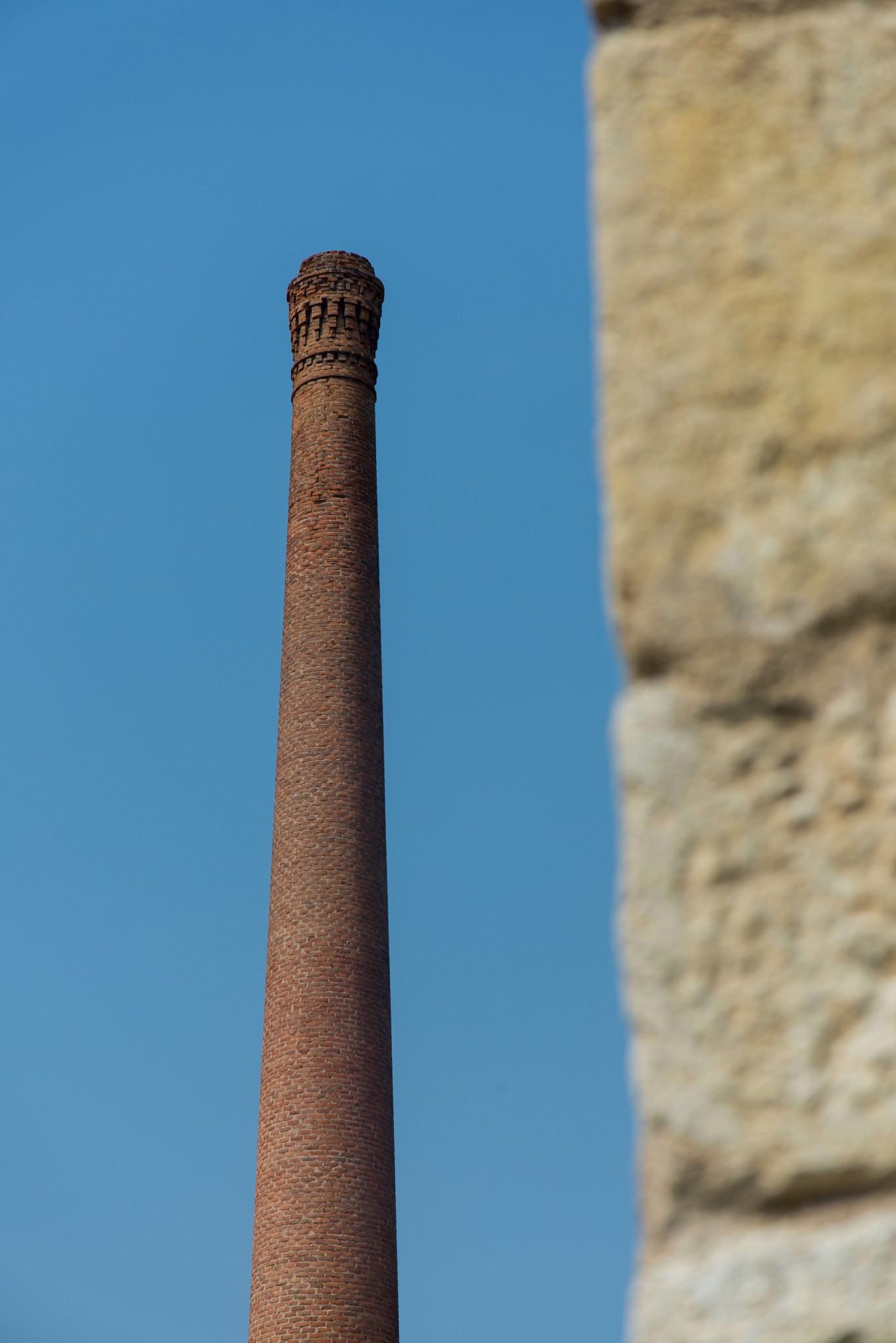
It is located in Soufli, at the entrance of the town. Its imposing, towering chimney, although smokeless for more than half a century, welcomes the visitors to one of the most important centers of silk production of the 20th century. Read more
-
-
The Great Temenos (Didymoteicho)
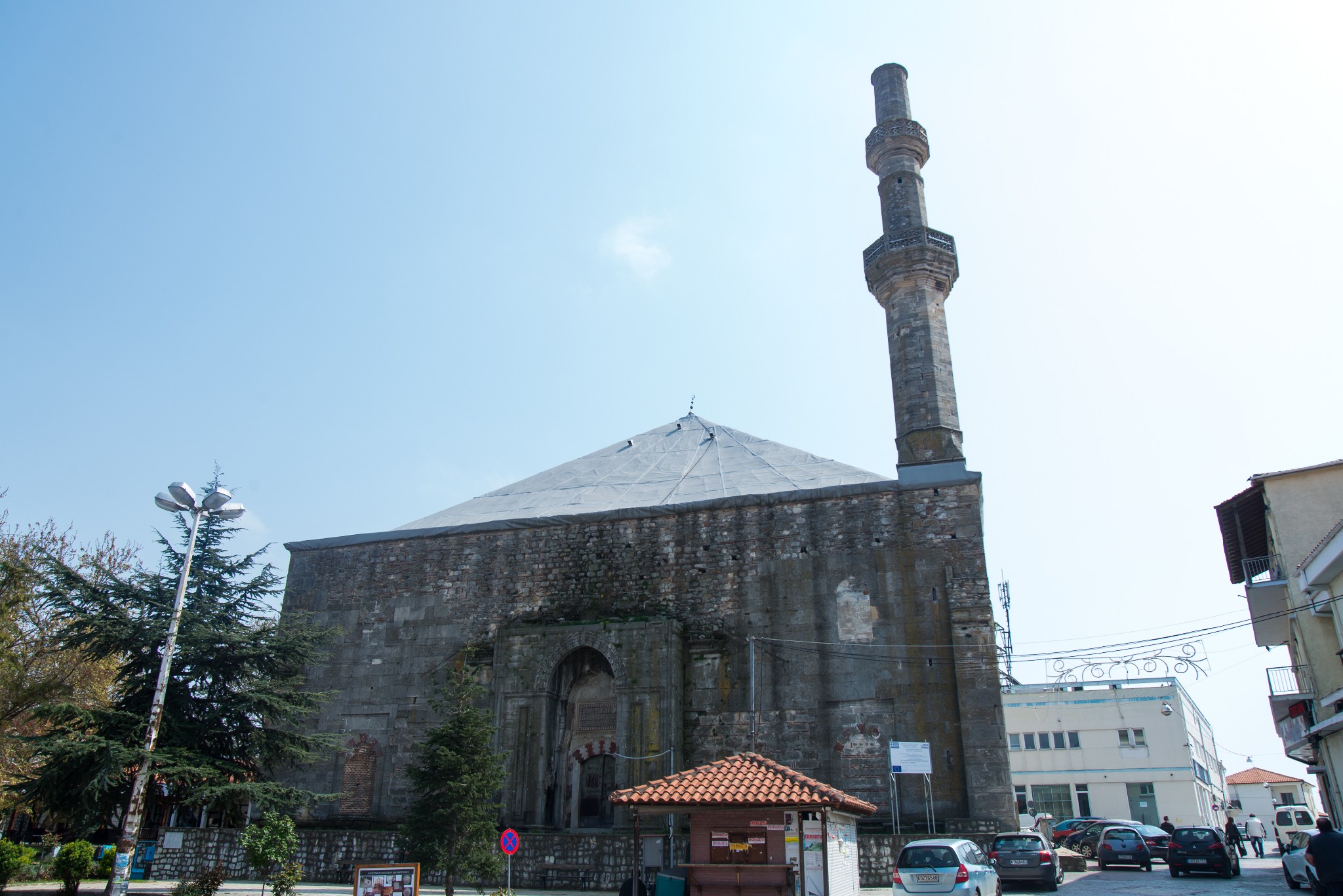
The great temenos of Didymoteicho is the most ancient mosque on European soil, one of the most important and the biggest of all in the Balkans. Read more
-
-
Castle of Pythio
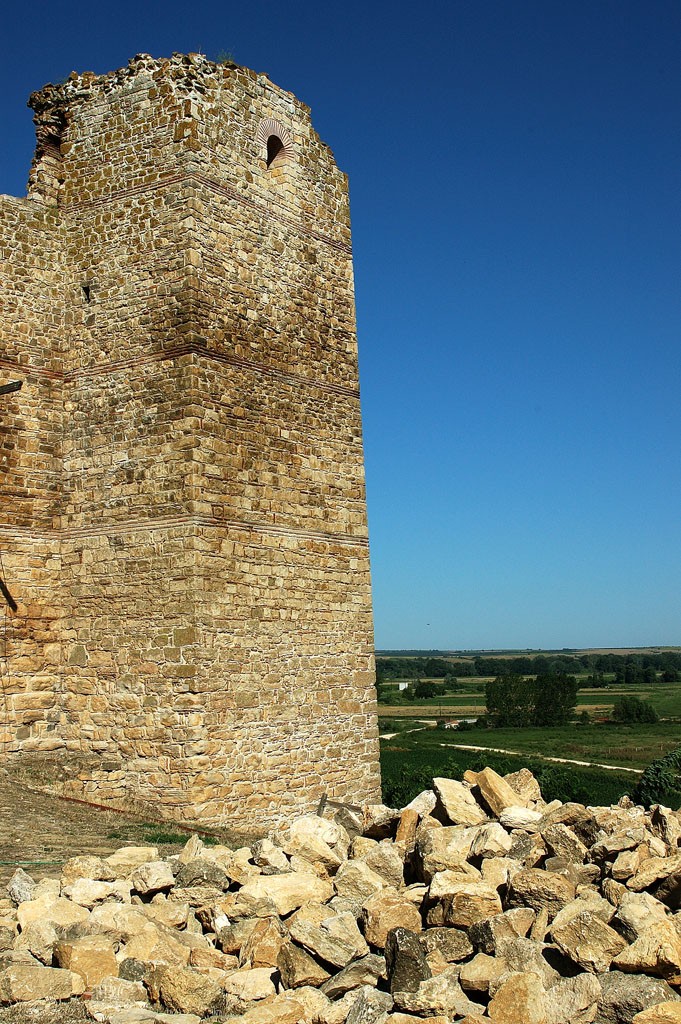
Its central tower still stands grand today and constitutes an important example of military architecture in Greece. The castle of Pythio is built on a low hill of the eastern Rhodope, 14 km away from Didymoteicho. It was established during the first half of the 14th century, on the occasion of the internal disputes for the Byzantine throne: John VI Katakouzenos claimed the empire from the rightful heir, John III Paleologus, and proceeded to the construction of the fortress at this spot so that he can control the plain of Evros. Read more
-
-
Castles of Avantas and Potamos
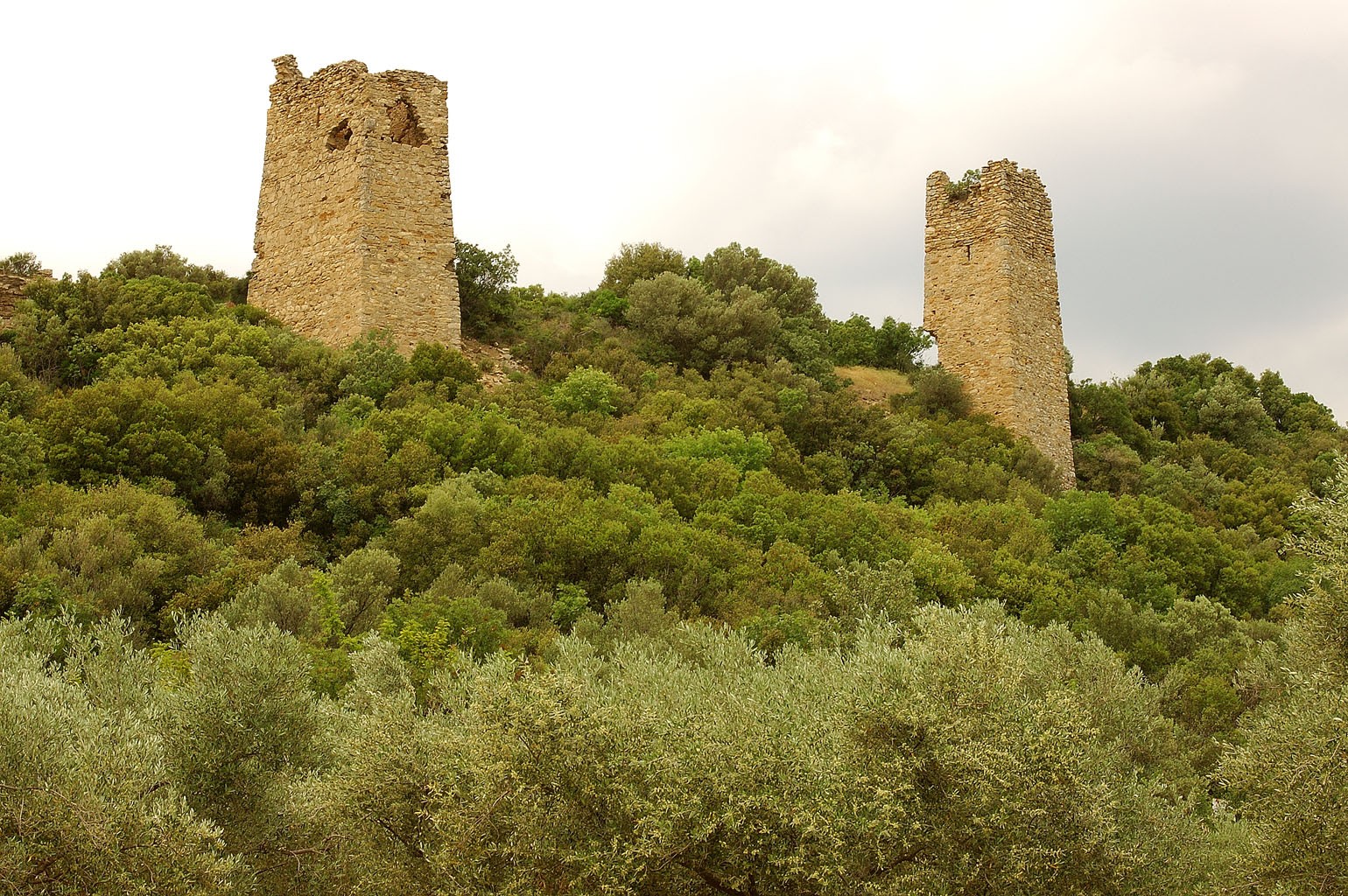
They are both located out of the village of Avantas, ten kilometers away from Alexandroupolis. The entire area has castles on hillocks and rocks that allow the supervision of the plain and the passage from Rhodope and Komotini. The Castle of Avantas is also called Boz Tepe, from the homonymous hill on which it is built. Its ruins are visible only if someone gets really close to them. The ascent begins from the west side of the hill and it takes about 20 minutes. A magnificent gate with two tall towers on either side and the castle ramparts with the steps leading there still survive. The view of the entire plain from the battlements full justifies the construction of the castle at this spot. The ruins that a visitor can see today date from the 13th century, although, there are findings at the spot that date back from the Mycenaean period. Read more
-
-
Zarifios Pedagogical Academy

It is the neoclassical building located in the Park of Ethniki Aneksartisia (National Independence), in Alexandroupolis. It was constructed in 1923 and immediately served as Teaching Centre and his first director was the great educator Theodoros Kastanos. In 1934, with the conversion of all the Teaching Centres of the country into six Pedagogical Academies made by the Greek state, a great fight was given by the residents of Alexandroupolis in order for the Academy of Western Thrace to be housed here. With the help of the benefactor and politician, Georgios Zarifis, this was indeed achieved. Read more
-
-
Garden Bridge
The Bridge at the Frontier Station of Kipi in Evros belongs half in Greece and half in Turkey and is the road that connects the two countries. Read more
-
Byzantine Aqueduct

Just outside Feres we can see from the street the Byzantine aqueduct. It is built on the ancient river Samias and it was a grandiose project for the water transfer to the settlement around the monastery of Kosmosoteira (World’s Saviour). It was built around 1200 AC by Isaac Komnenos. It is made of flint and its two arches have a height of 5 m, an opening of 7 m and a width of over a meter. I you pass by that point, after the night has fallen, you will see it illuminated and majestic. Read more
-
-
The Manor House of Brika
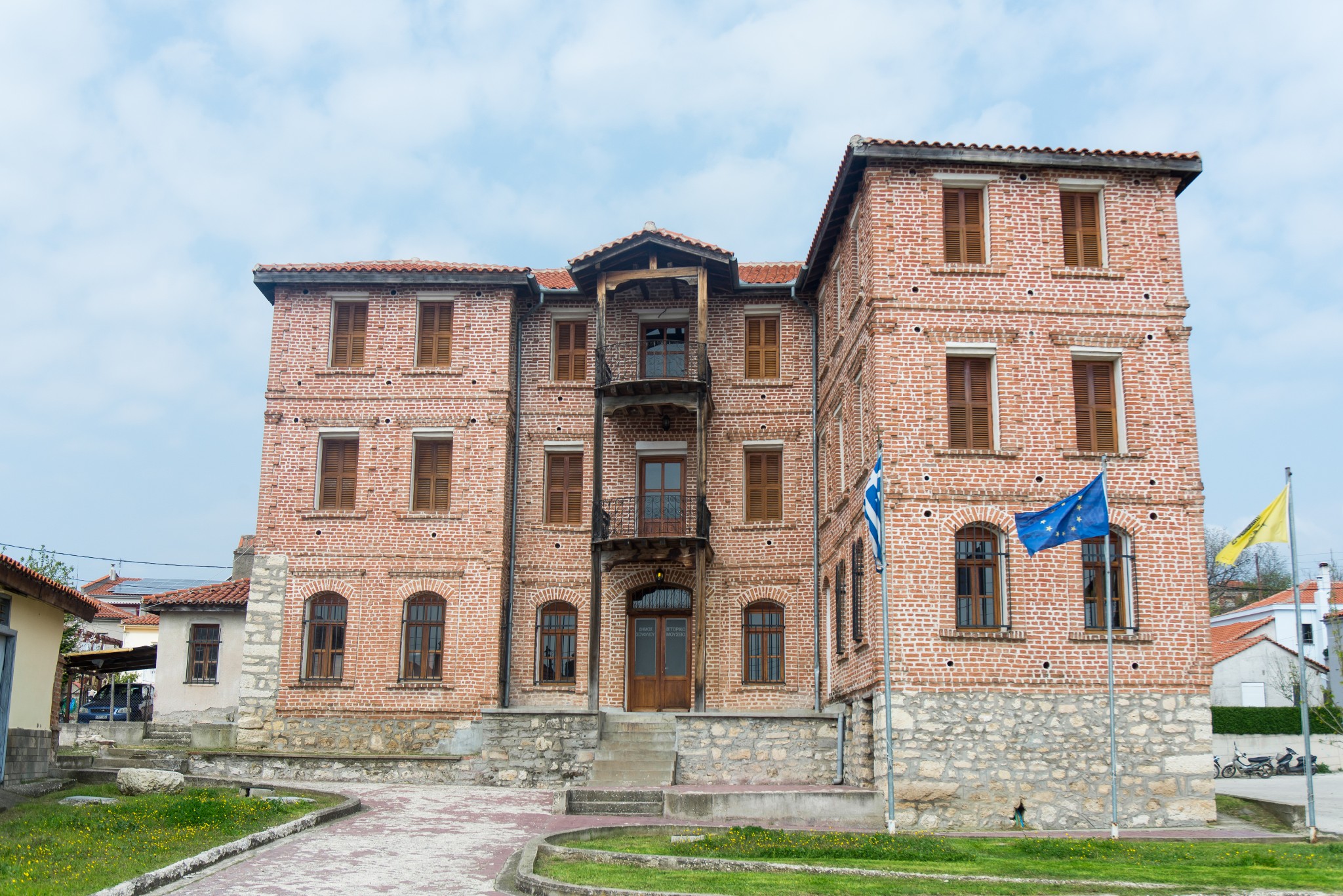
It was built in Soufli in 1890 for one of the wealthiest families of Thrace, the Brika family. Its construction was serving a very specific purpose: to ensure the appropriate conditions for the sericulture and storage of dry cocoons. Skilled craftsmen were recruited from Bursa and created one of the most beautiful buildings of the whole of Thrace. Read more
-

